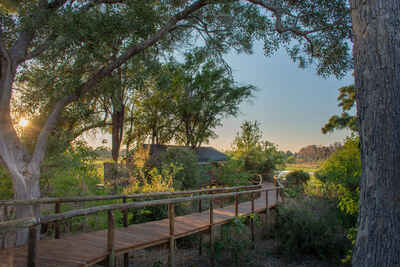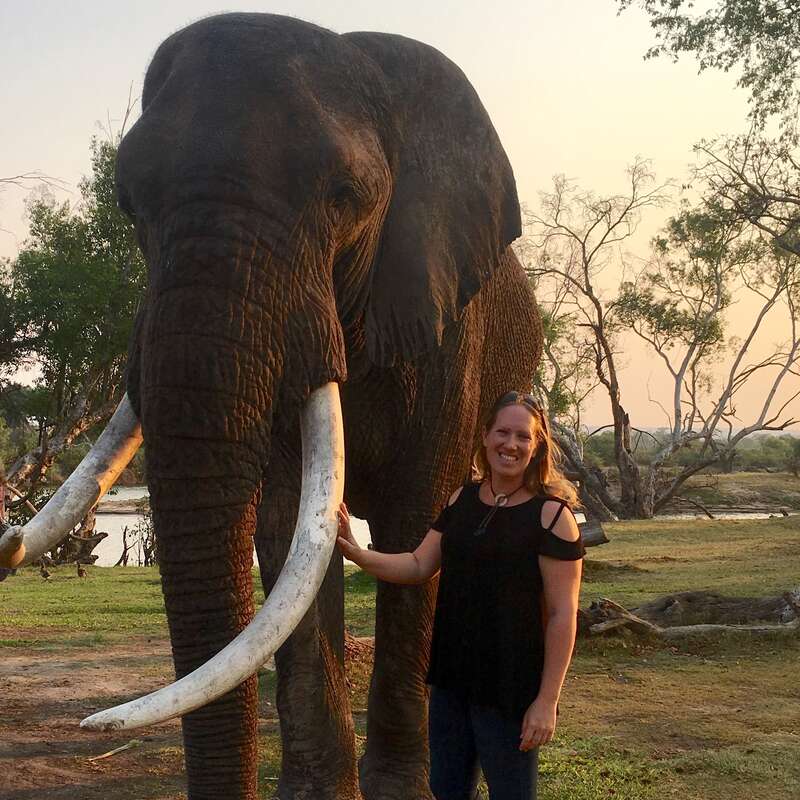About Mma Dinare
Watching wildlife on the floodplains of the Gomoti River is just part of the appeal of Mma Dinare.
The backdrop to the camp, where rain trees, knobthorns and leadwoods vie for position, enhances its open views to the river, whose long, sweet grass attracts herds of antelope.
Settle down to watch from the privacy of your own lounge or deck, or the comfort of the main area, perhaps with a drink or a pair of binoculars.
Further afield, you'll be joined by a guide and tracker on game drives, both by day and after dark, seeking out predators and prey from the comfort of an open-sided 4WD.
For an even greater thrill, set out on foot, or – in season – experience the serenity of a mokoro as it's poled along the Delta's glistening channels.
To cool off in the heat of the afternoon, head to the tree-shaded free-form pool, its wooden deck topped with sunloungers.
Check out the curio shop, or order a drink from the bar. Then settle down on the circular firepit deck for a well-earned rest under the stars before a convivial dinner at the long table.
Our view
Mma Dinare offers excellent game viewing in the predominantly dry Santawani area in the far south-east of the Okavango Delta. The camp exudes a relaxed atmosphere and offers comfortable, though not luxurious, accommodation with a keen focus on wildlife watching. The inclusion of a guide and tracker team on all game drives is a real advantage when looking for predators and other animals.
Accommodation
9 tents
Children
Best for 12+
Open
All year
Activities

4WD Safari

Birdwatching

Guided walking safari

Helicopter

Mokoro

Night drive

Private activities
Traveller reviews of Mma Dinare
23 real, un-edited reviews from Expert Africa's travellers.
Arrived 8 May 2025, 3 nights
"Mma Dinare review"
Overall rating: Excellent
Arrived 8 May 2025, 3 nights
"Mma Dinare review"
Overall rating: Excellent
Arrived 22 Mar 2025, 3 nights
"Mma Dinare Camp is in a fantastic location"
Overall rating: Excellent
Arrived 16 Feb 2025, 3 nights
"Mma Dinare review"
Overall rating: Excellent
Overall rating: Good
Arrived 7 Nov 2024, 3 nights
"Mma Dinare review"
Overall rating: Good
Arrived 15 Oct 2024, 2 nights
"Mma Dinare review"
Overall rating: Excellent
Arrived 13 Oct 2024, 3 nights
"Mma Dinare review"
Overall rating: Good
Arrived 18 Sep 2024, 3 nights
"Mma Dinare review"
Overall rating: Excellent
Arrived 21 Jun 2024, 3 nights
"Mma Dinare review"
Overall rating: Excellent
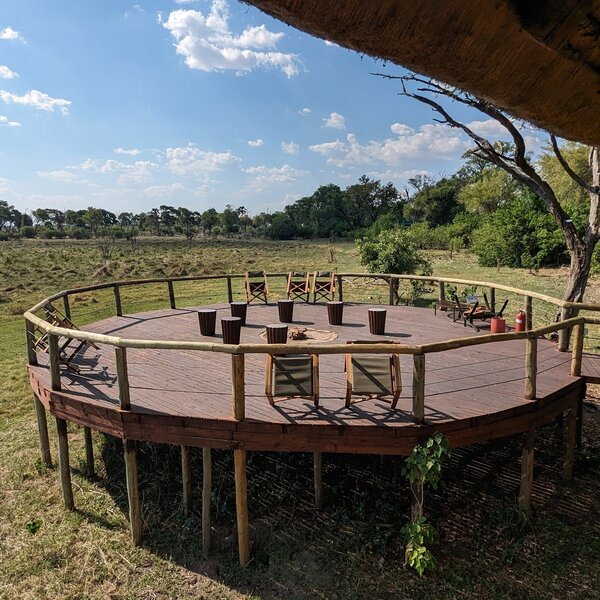

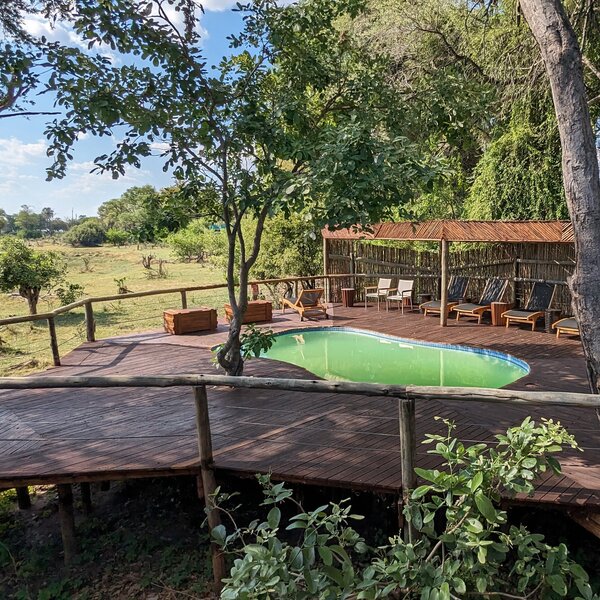

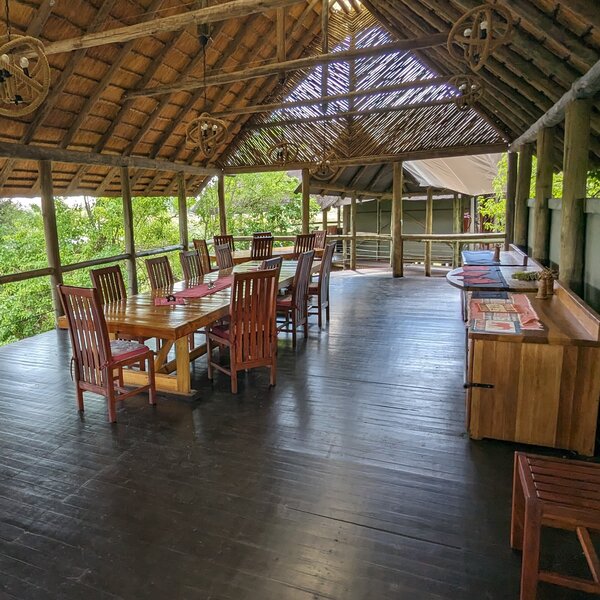
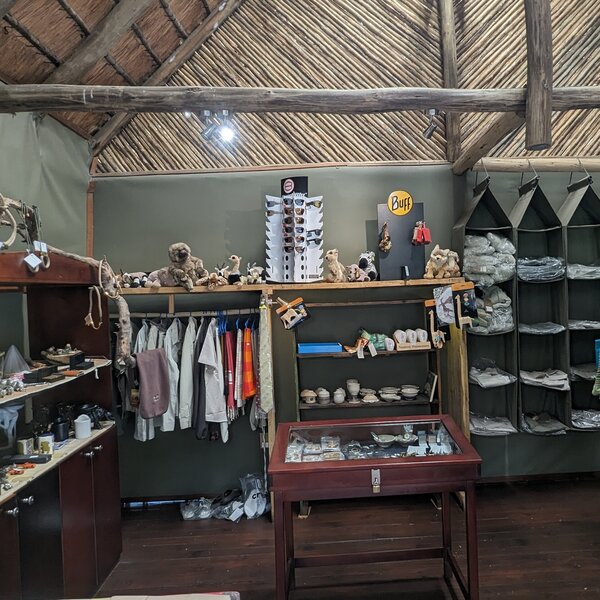
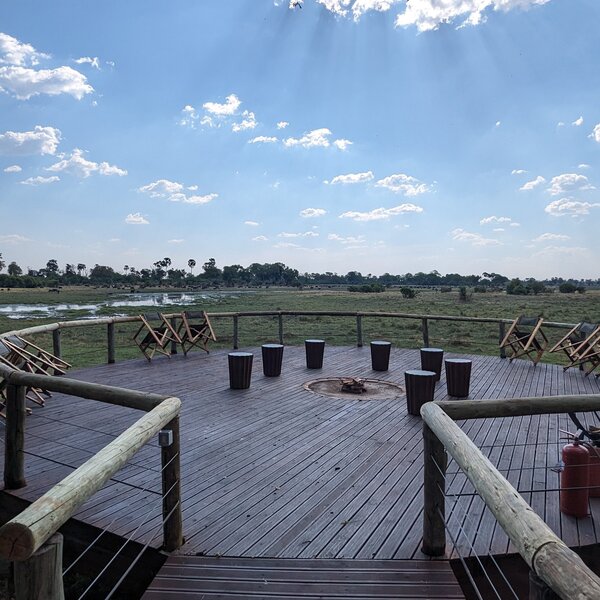


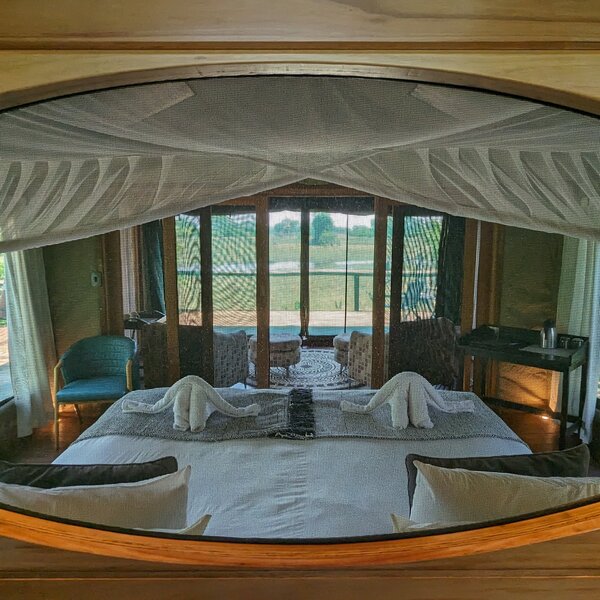
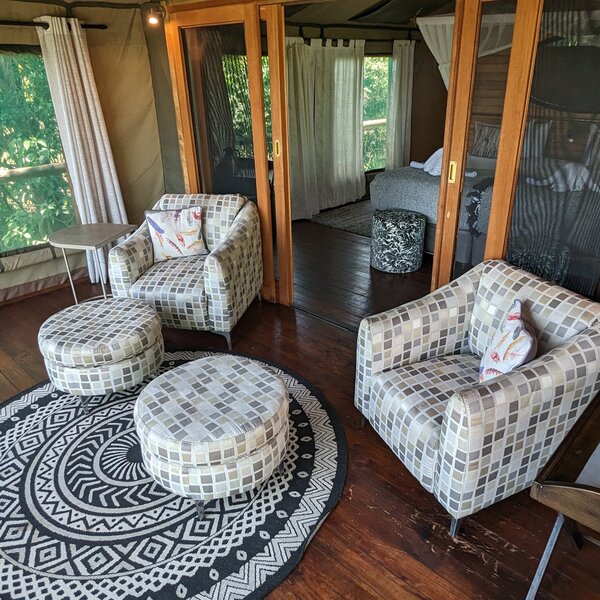
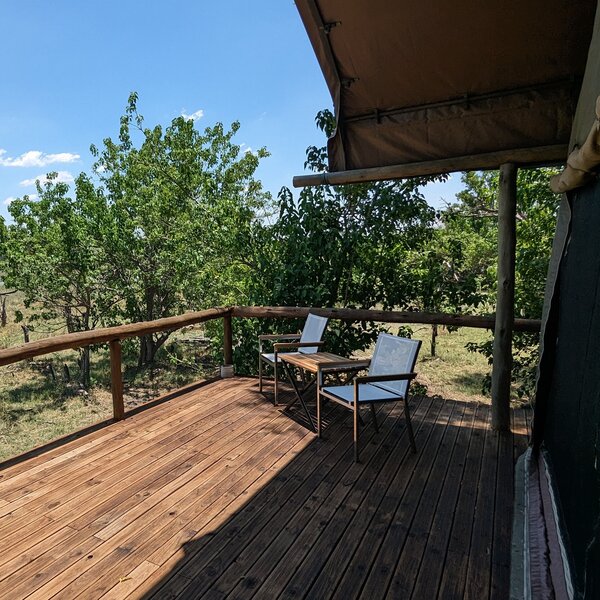
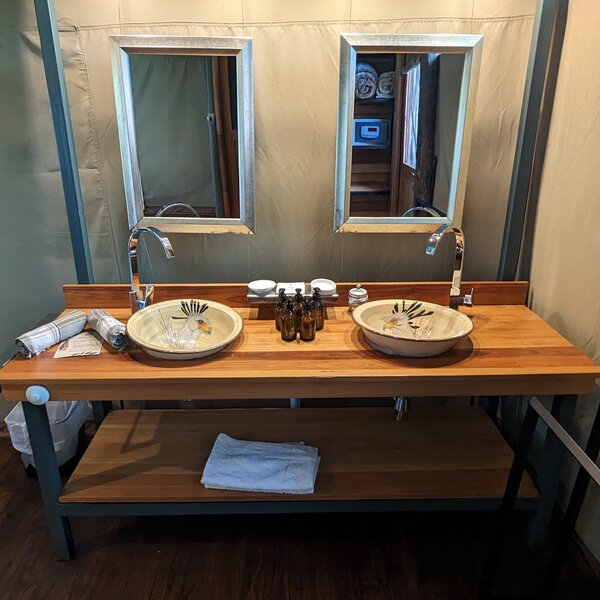
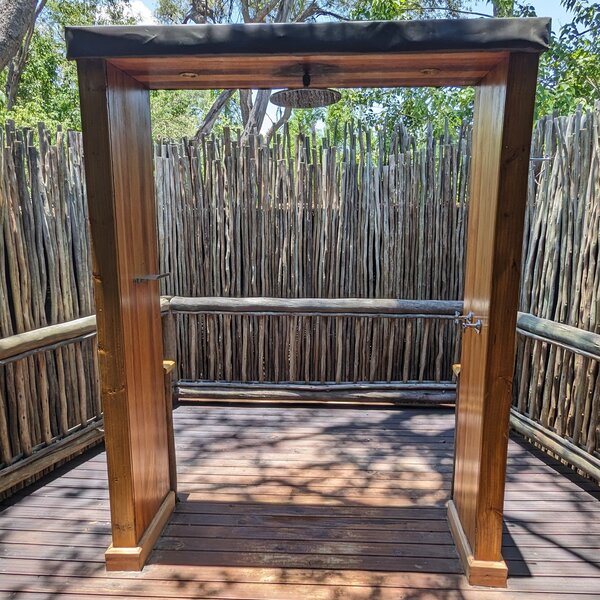
Expert Africa's gallery
When we travel we take lots of photos ourselves to give you a real and un-edited view of the safaris. See our 67 pictures of Mma Dinare to get the candid view.
View galleryMma Dinare: Our full report
Set in riverine woodland overlooking the Gomoti River and its floodplains Mma Dinare enjoys a picturesque outlook.
This small camp offers a traditional safari experience in an excellent wildlife area. While the river and its floodplains host a wide variety of animals, don’t expect to spend time in a motorboat. That said, mokoro trips are offered for parts of the year, depending on water levels.
Mma Dinare shares a 272km² concession with its sister camp Rra Dinare. This concession and both camps are run for the benefit of the local community, through the Sankuyo Tshwaragano Management Trust. This means that staying here helps to provide employment, schooling and other benefits for the local people.
At full capacity, Mma Dinare can host up to 22 travellers in ten safari tents, built overlooking the Gomoti River floodplain. Each tent makes the most of the picturesque, ever-changing vista in front of camp. Large, partially shaded private decks complete with table and chairs provide an ideal viewing platform for spotting wildlife or relaxing with a book between activities.
Inside each timber-framed tent is a comfortable lounge area with a sofa, chairs and a coffee table, separated by sliding doors from the bedroom behind. The bedroom is dominated by a king-size or twin beds, which are shrouded by mosquito nets at night. In the hotter summer months (October to December), a ceiling fan helps provided welcome relief from the heat, often aided by dampened kikois. Bedside tables, a writing desk, chair and – to the back of the room – a luggage storage rack with hangers and a small safe complete the furniture. The back of the tent also houses an en-suite bathroom, with twin basins painted by a local artisan, a separate toilet and an outdoor shower.
The family tent at Mma Dinare can sleep up to four travellers. The main bedroom is identical to those in the other tents, save for an additional door that opens onto a short corridor and a second, slightly smaller bedroom. This second room has its own bathroom with an indoor shower, but no direct access outside, making it ideal for children travelling with their parents. However, we wouldn’t generally recommend this room for couples travelling together.
The tents are linked to the main area by a series of raised walkways with breaks in them to allow larger animals to cross. The main area is split into several sections, of which the two main sections are set beneath high thatched roofs and remain open-sided in all but the most severe downpours.
On one level is the main dining area where buffet meals are typically enjoyed at a large communal table. A slightly lower level is home to a semi-circular lounge/viewing deck with a self-service bar at one end, and a small curio shop behind, stocked with books, clothes, kikois and mementos.
On a separate level again are a small turquoise pool, set in a wooden deck and surrounded by sunloungers, and the camp’s firepit deck. Depending on the weather, breakfast may be served fireside in the early morning before travellers head out on their first activity of the day.
On our last stay in 2024, we happily whiled away an hour in camp watching a passing herd of several hundred buffalo, watering and bathing in the river as they went – it seems that Mma Dinare, meaning Mother Buffalo, is a fitting name for the camp.
Activities from Mma Dinare include game drives, mokoro trips and walking safaris, with night drives also possible as this is a private reserve. While mokoro trips are also offered most of the year, the length and interest of this activity will depend on water levels, which tend to be at their lowest in November and December.
The team here is one of the few in Botswana that utilises both a guide and tracker on game drives, allowing them to actively track predators, often with great success. Furthermore, activities are limited to six travellers per vehicle, so everyone gets an unobstructed “window” seat (although the vehicles themselves are open-sided).
During our previous stays we enjoyed some excellent wildlife watching from Mma Dinare, perhaps no surprise given that the reserve borders the renowned Moremi Game Reserve.
Helicopter scenic flights and day trips can be booked in advance or in camp at an additional, fairly substantial, cost.
Geographics
- Location
- Okavango Delta Safari Reserves, Botswana
- Ideal length of stay
- Two or three nights here is an ideal length of time. We tend to recommend combining Mma Dinare with another camp with better access to water activities such as one of its sister properties: Kwara Camp or Splash Camp.
- Directions
- Light-aircraft flights into the nearest airstrip take about 15 minutes from Maun, or 1hr 20 minutes from Kasane. It's then a drive of 45 minutes to the lodge.
- Accessible by
- Fly-and-Transfer
Food & drink
- Usual board basis
- Full Board & Activities
- Food quality
- We understand that most dietary requirements can be catered for by the team at Mma Dinare with sufficient notice.
During our stay here in August 2024 the food was tasty and with plenty of variety, although meals were not as sophisticated as at some other camps.
A continental-style breakfast buffet is served from 5.30am until 6.00am before morning activities begin. This usually includes toast, muffins, cereals, yoghurt, fresh fruit, fruit salad, boiled eggs, fruit juice, tea and coffee.
Guests return from the morning activity enjoy a buffet style brunch/lunch, usually at around 11.00am. We didn’t have the opportunity to try this during our stay, but a typical meal might be a chicken quiche served with broccoli salad, apple and carrot salad, lentils, potatoes, cold meats and cheeses and fresh bread. This might be followed by fresh fruit for dessert.
High tea is served at around 4.00pm after a siesta in the middle of the day, before heading out on an afternoon activity,. We enjoyed cheese-and-bacon pizza rolls and ginger cake, accompanied by a fiery homemade ginger lemonade and rooibos iced tea.
After returning from the afternoon activity, dinner is served at around 8.00pm. To start, we tucked into some excellent sweetcorn fritters with salsa. This was followed by a buffet of chicken stew and battered bream fillets served with pap (maize meal), roasted butternut squash, sautéed cabbage, chakalaka, tomato relish and tartare sauce. Our dessert was a wonderful, if rather large, Amarula pannacotta. - Dining style
- Mixture of group dining and individual tables
- Dining locations
- Indoor and Outdoor Dining
- Further dining info, including room service
- Private dining available on request
- Drinks included
- House drinks such as regional beers and wines as well as soft drinks and filtered water are included.
Children
- Attitude towards children
- Mma Dinare welcomes children over the age of six years.
- Property’s age restrictions
- Families with children under 12 are required to book a private vehicle.
Children under 12 are not permitted on mokoros or walking safaris. - Special activities & services
- Children are offered an activity pack with colouring books and activities to enjoy during their stay.
It is often possible to arrange for camp staff, often one of the housekeepers, to child sit during meals and siesta. While these staff usually have children of their own, they don’t tend to be qualified childcare professionals.
Interpretive bush walks around camp can be arranged for children on request. - Equipment
- None
- Generally recommended for children
- Given the expense of a private vehicle, and the age restrictions on certain activities we’d typically recommend Mma Dinare for families with children aged 12 and over.
- Notes
- Mma Dinare is an unfenced camp with raised walkways and unguarded pool, so any children staying here should be supervised by a responsible adult at all times.
Our travellers’ wildlife sightings from Mma Dinare
Since mid-2018, many of our travellers who stayed at Mma Dinare have kindly recorded their wildlife sightings and shared them with us. The results are below. Click an animal to see more, and here to see more on our methodology.

100% success

100% success

100% success

100% success

100% success

100% success

100% success

85% success

83% success

75% success

63% success

24% success

24% success

0% success

0% success

0% success

0% success
Communications
- Power supply notes
- There is a back-up generator.
- Communications
- Wi-Fi is available in the guest rooms, but there is no cellphone reception. In an emergency, radio contact can be made with the main office in Maun.
- TV & radio
- None
- Water supply
- Borehole
- Water supply notes
- All tents are fully plumbed with running water and flush toilets. Hot water is supplied by heat pumps.
Health & safety
- Malarial protection recommended
- Yes
- Medical care
- Guides and camp mangers are first-aid trained. In an emergency guests would be air-lifted to Maun or perhaps Johannesburg.
- Dangerous animals
- High Risk
- Security measures
- Guides and managers sleep in camp. After dark guests are escorted to their tents to prevent encounters with dangerous wildlife. Each tent has an airhorn for attracting attention in an emergency at night.
- Fire safety
- Extinguishers are strategically placed around camp, including outside each tent.
Activities
4WD Safari
Birdwatching
Guided walking safari
Helicopter
Mokoro
Night drive
Private activities
Extras
- Disabled access
- On Request
- Laundry facilities
- Included. Laundry is machine washed on a cold temperature; smalls are placed in a separate bag. There is washing detergent in the tents for hand washing if desired.
- Money
- There is a small digital safe in each tent for valuables.
- Accepted payment on location
- With everything included there is little need to pay for anything here. However, for curio purchases from the shop travellers can pay by Visa or Mastercard, or in cash with US dollars, Botswana pula, UK pounds, euros or South African rand (dollars are usually best).
Plan and book your trip with Expert Africa
All of our trips are tailor-made, so we'll always adapt them to suit you. Talk to an Expert and let us plan and arrange your perfect trip.

Talk to an Expert
Call or email us now! We’ll match you with the Specialist in our team who is best suited to help you. Then together we can start planning your trip.

Set up your itinerary
Based on our experience and your ideas, your specialist will create a detailed, costed itinerary. We’ll refine it together, until we have a trip that you’re perfectly happy with.

Prepare for your trip
The same Specialist will make the seamless arrangements for your trip, send you detailed travel documents, and be available to answer any questions before you depart.

Travel with peace of mind
After you set off, you’ll be cared for by our partners in Africa, most of whom have worked with Expert Africa for decades. And if you ever need us urgently, we’re available 24/7.

When you return
We love to learn about your trip, and so will always be grateful if you’ve the time to give feedback to your Specialist when you return.
Mma Dinare's location
Look closer at the environment and surroundings of Mma Dinare.
Excursions from Mma Dinare
Optional extra day-trips and excursions possible whilst you're staying at Mma Dinare. Talk to us: these are usually best arranged before you go.
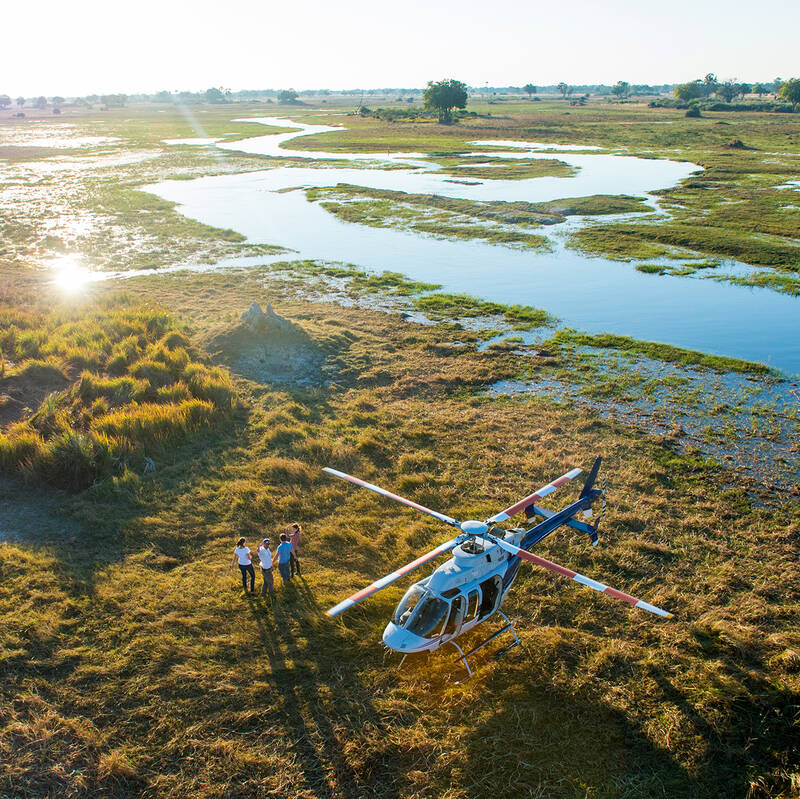
Helicopter Flight - Botswana
Various: from 30 minutes to half a day.
Low-flying, agile and offering superb views, helicopters are an ideal way to move around the Okavango Delta.You can use them instead of fixed-wing inter-lodge transfers or as an addition to other wildlife watching activities, and of course, helicopters can hover to allow that perfect pic, whereas fixed-wings can’t.
More about Helicopter FlightOther lodges in Okavango Delta Safari Reserves
Alternative places to stay in this same area.
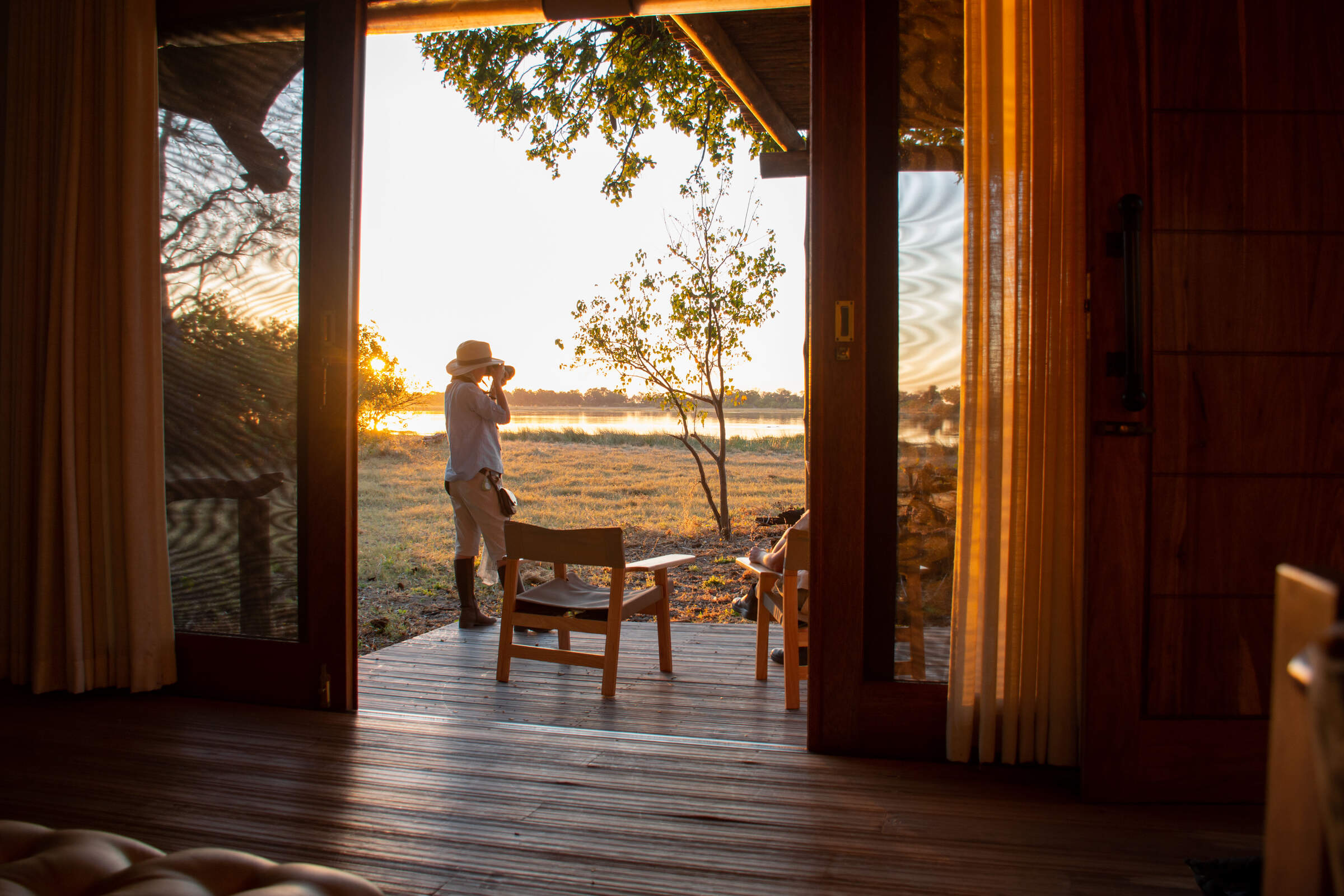
Kwara Camp
Kwara Camp's private reserve boasts land and water activities year-round, with excellent game-viewing opportunities and access to permanent channels of the north-east Okavango Delta.
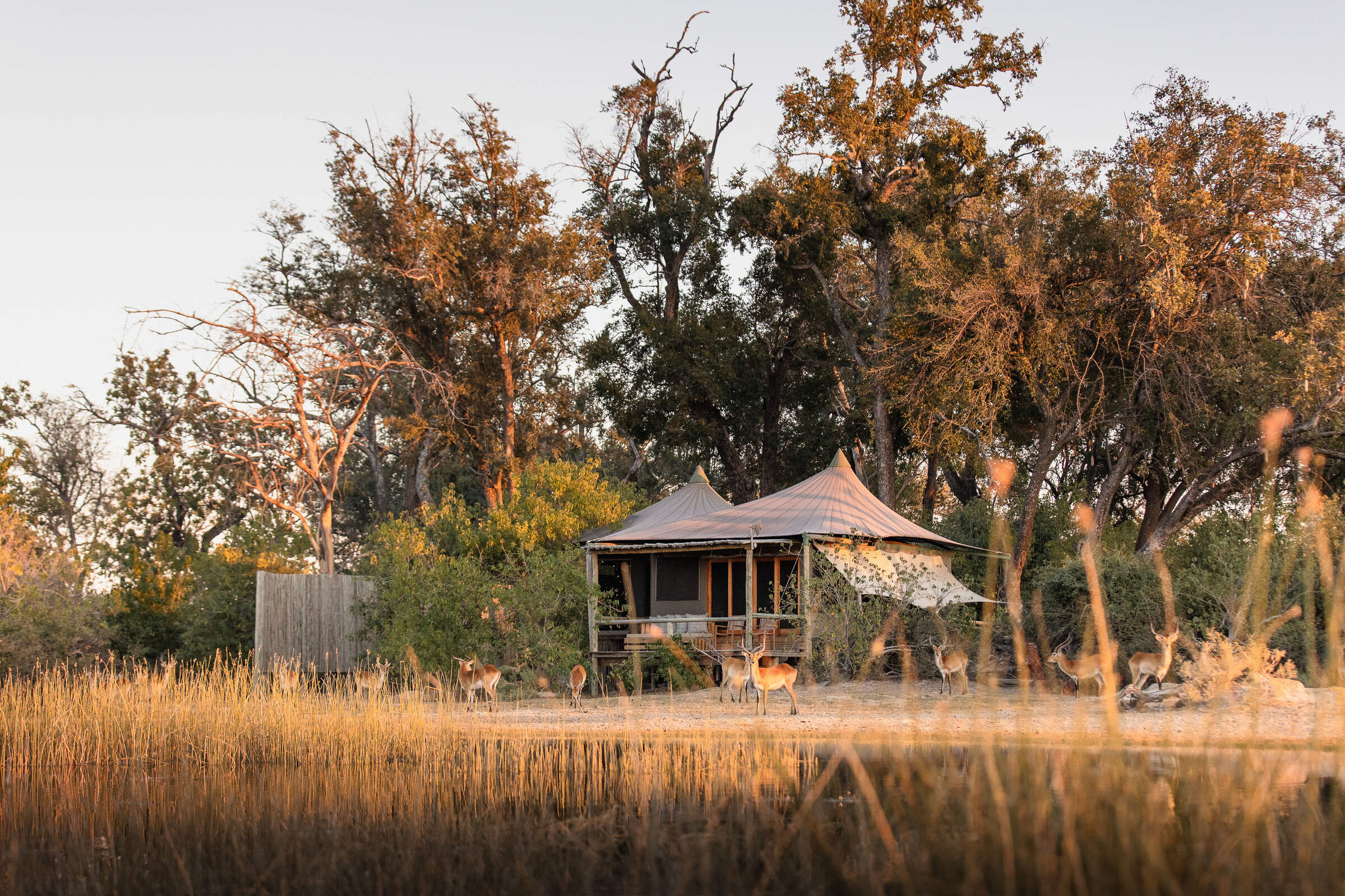
Little Vumbura
On a secluded island within a private reserve, Little Vumbura combines superb game viewing with a broad diversity of habitats in a truly picturesque setting.
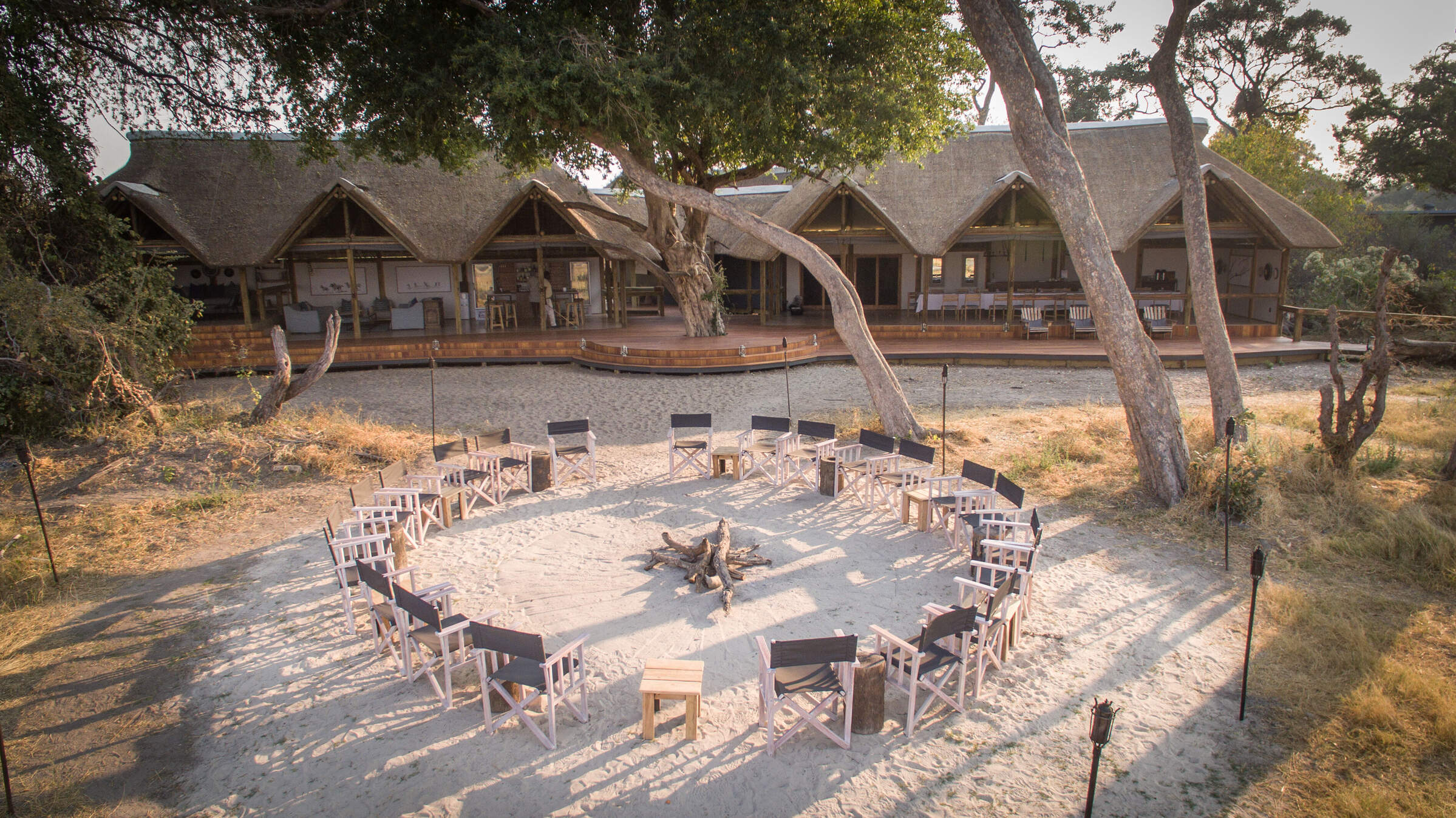
Splash Camp
Set in the Kwara Reserve, offering superb wildlife viewing year-round, Splash offers both land and water activities led by guides with a particular knack for tracking big game.
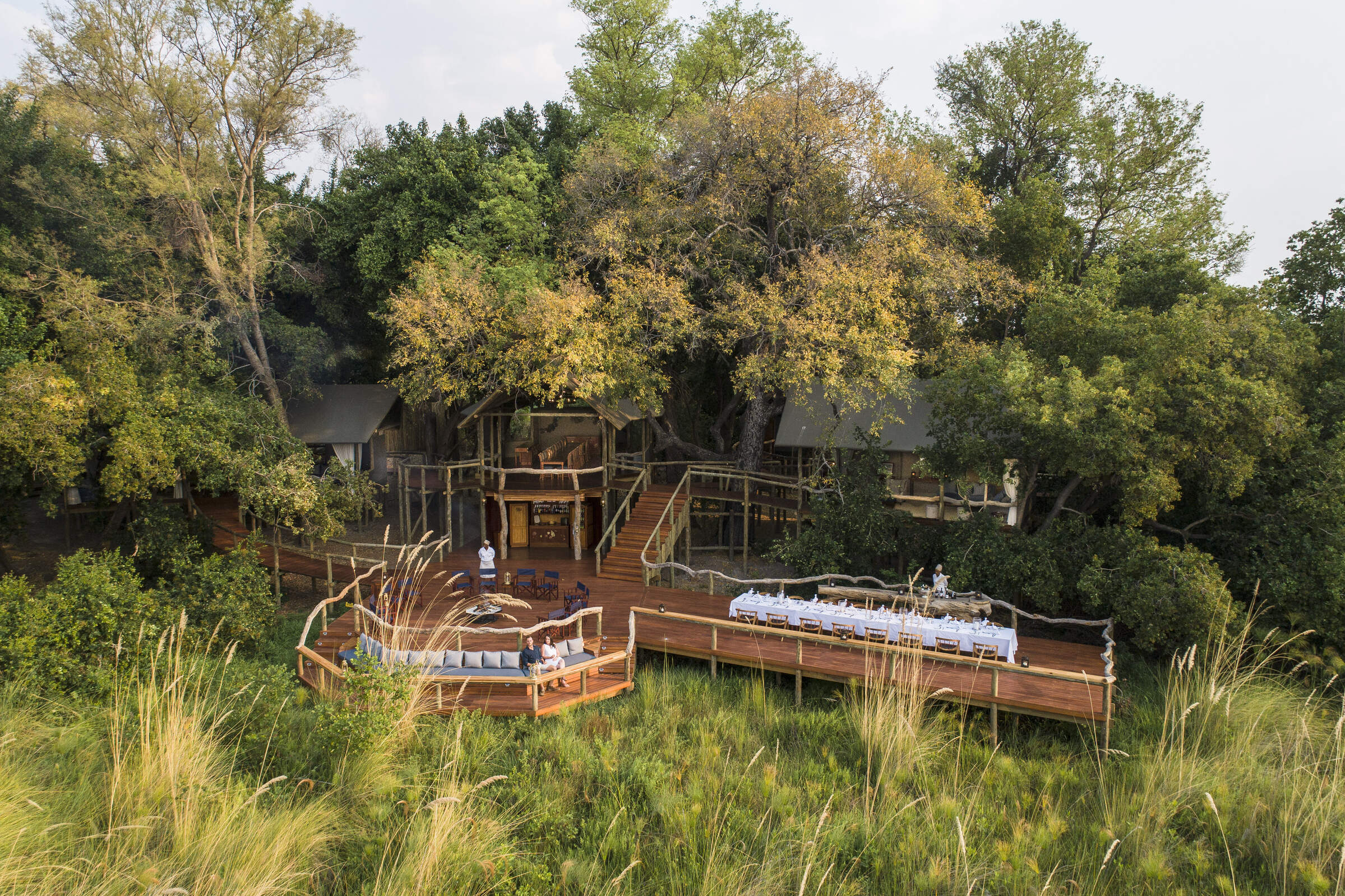
Shinde Camp
With experienced staff and a wealth of activities, Shinde offers a traditional safari in an exceptionally varied and wildlife-rich environment.
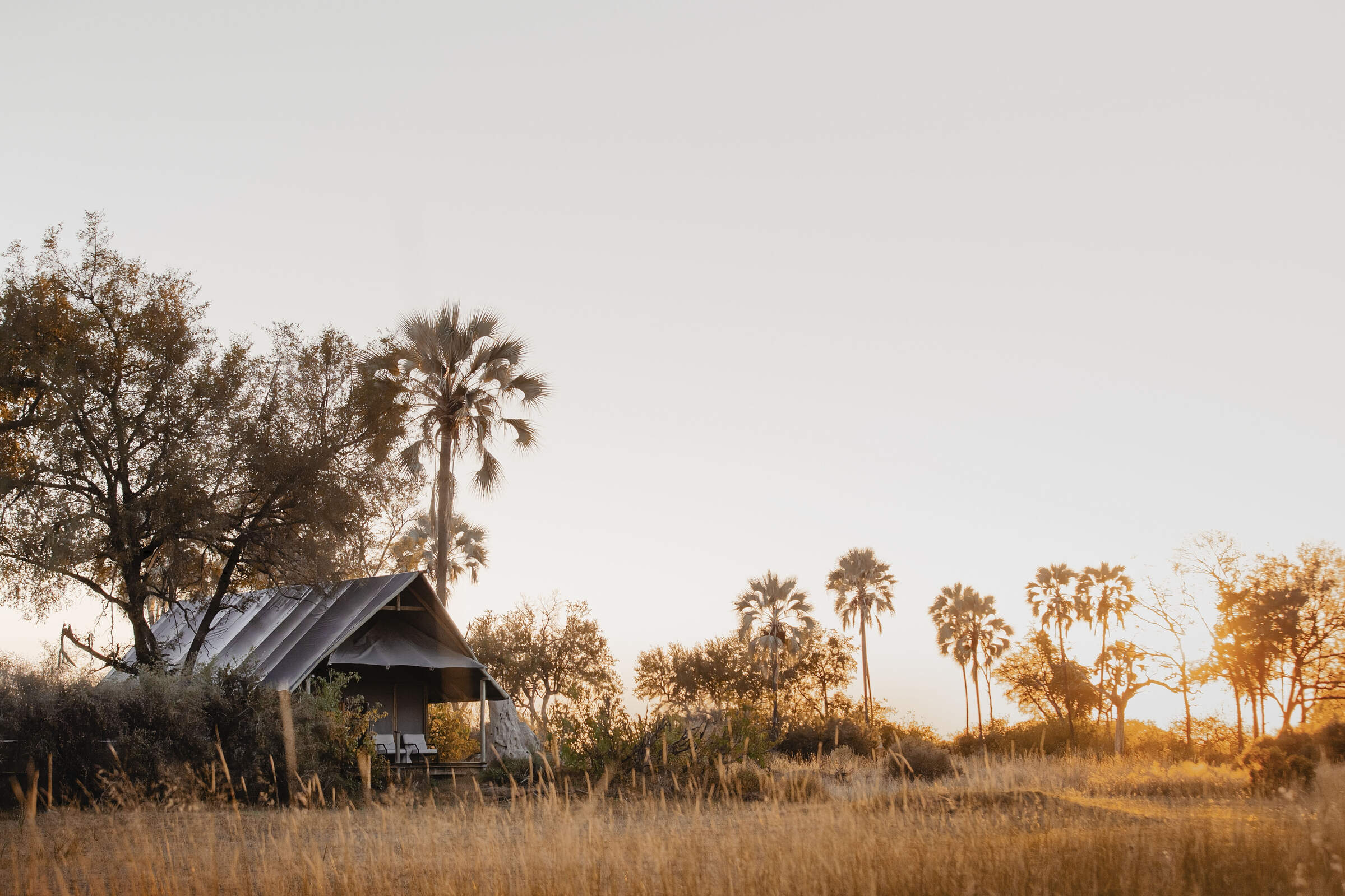
Chitabe Lediba
Chitabe Lediba, in Botswana's southern Okavango Delta, is a small family friendly safari camp; it offers great dry-land safaris and in our experience consistently delivers good game sightings.
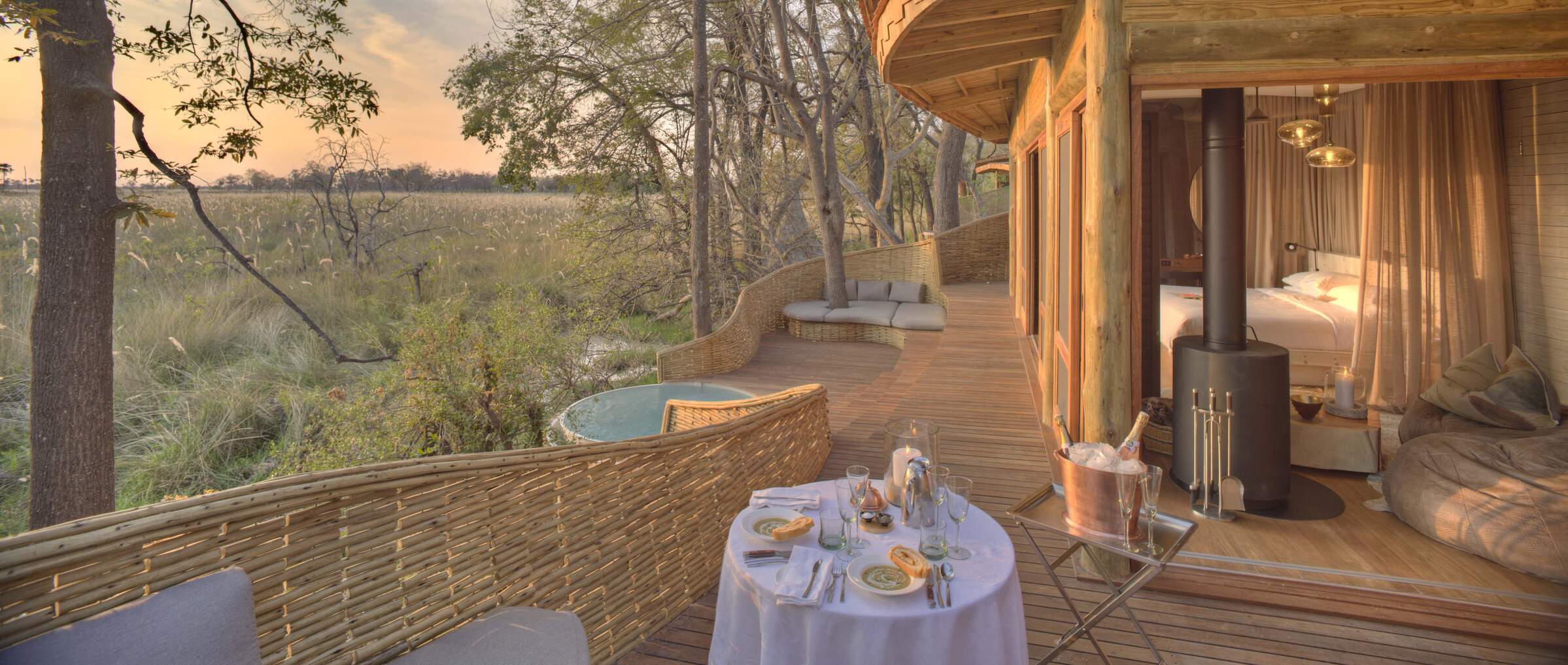
Sandibe Safari Lodge
The luxurious Sandibe Okavango Safari Lodge lies in a private concession in the heart of the Okavango Delta, beside Moremi Game Reserve, with superb big-game viewing.
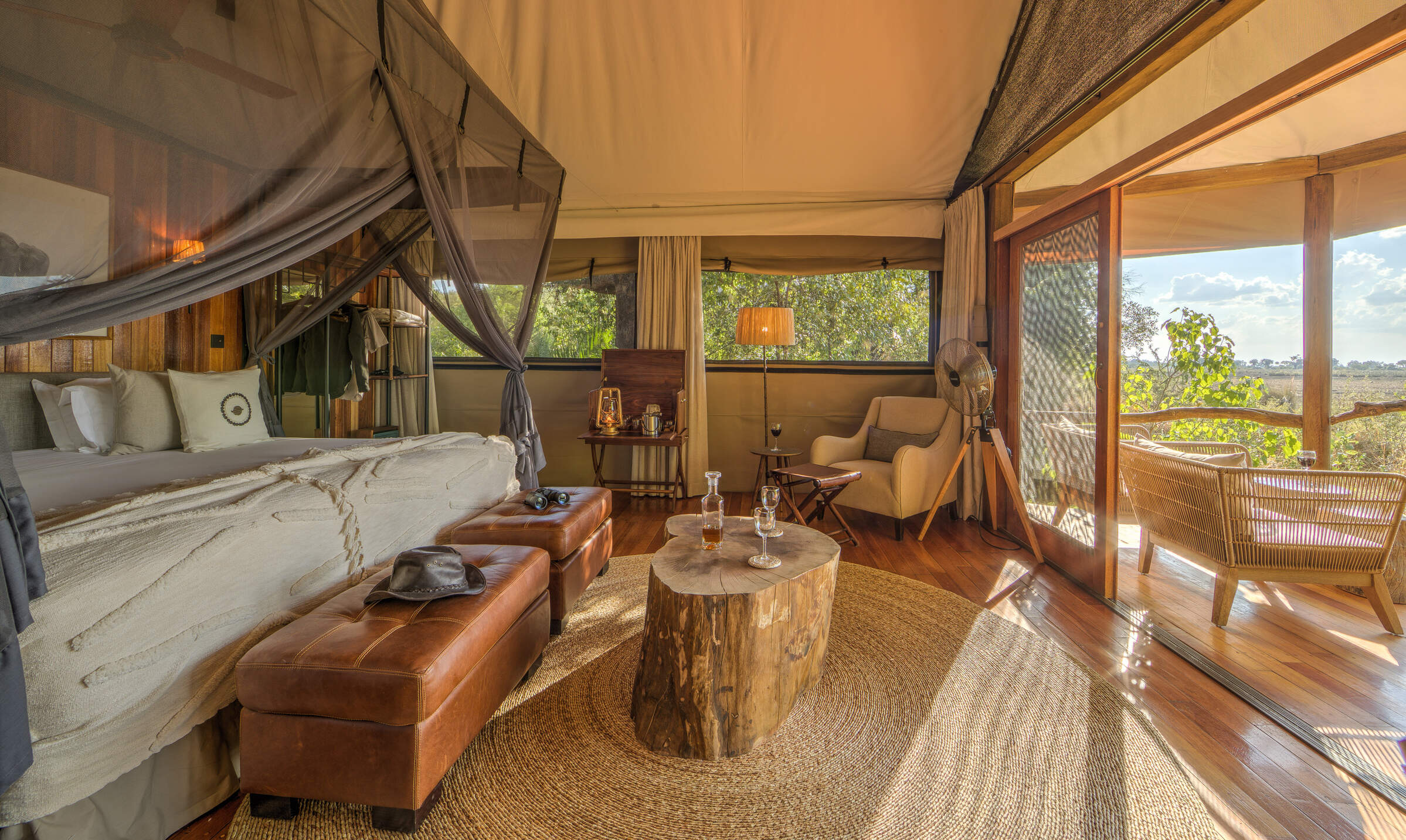
Kanana
In a beautiful part of the Delta, Kanana focuses on fantastic water activities and birding – including exclusive access to an impressive heronry.
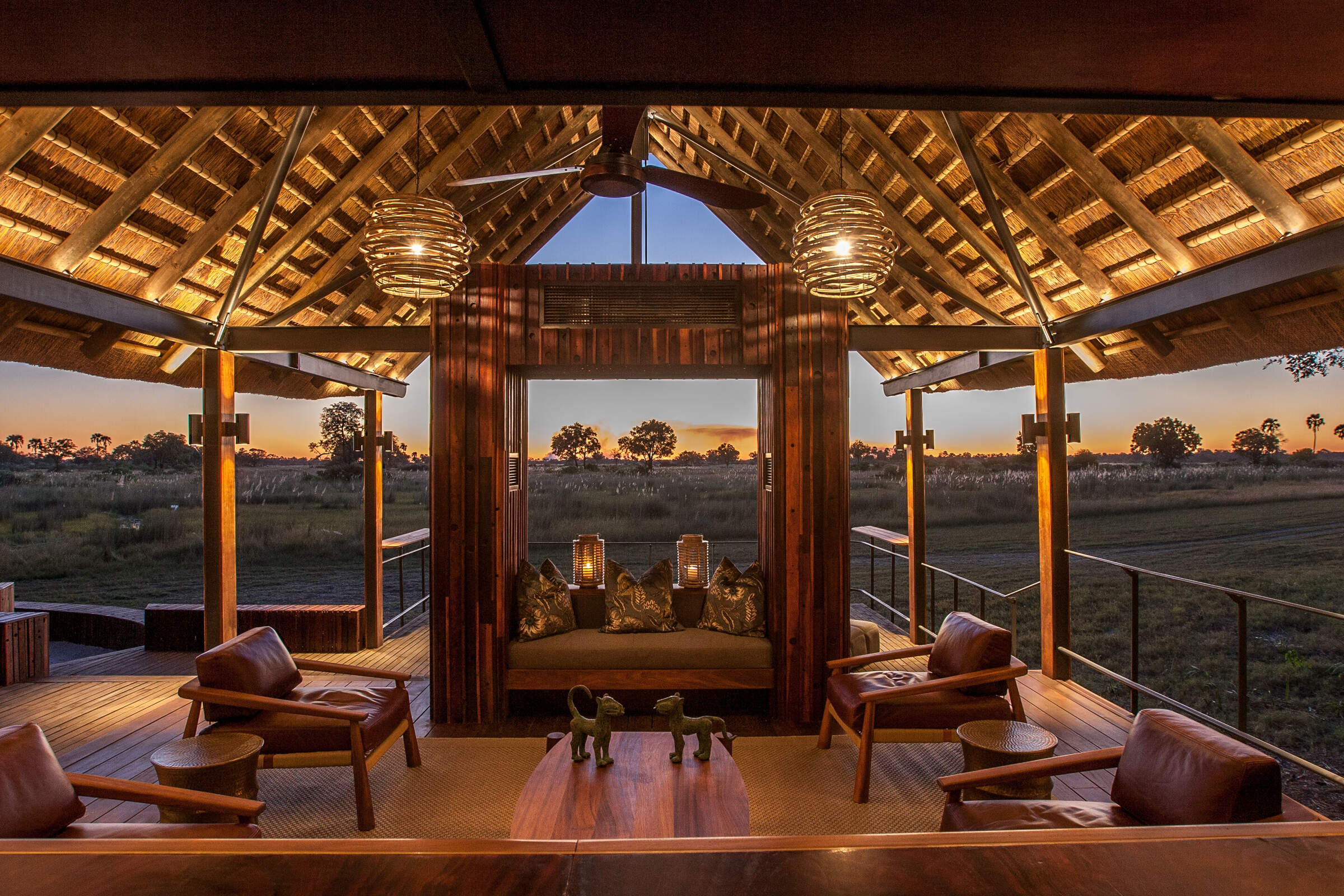
Chitabe Camp
In the southern Okavango Delta, the excellent Chitabe Camp concentrates on dry-land safaris in an area that we've found particularly good for wild dog sightings.
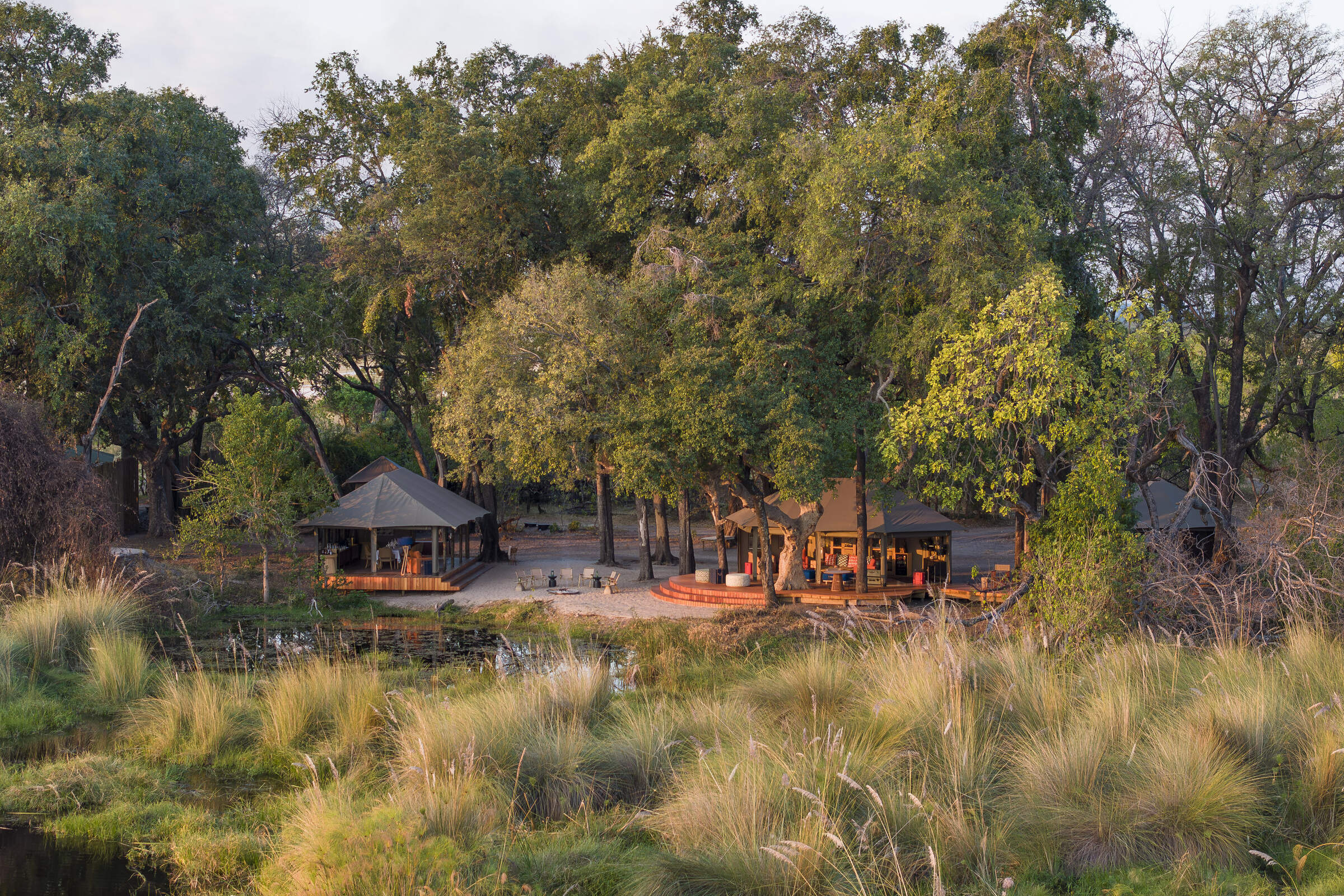
Shinde Footsteps
Small and simple, but comfortable, Shinde Footsteps focuses on walking safaris as well as game drives; it also runs a special children's programme so is particularly suitable for families.
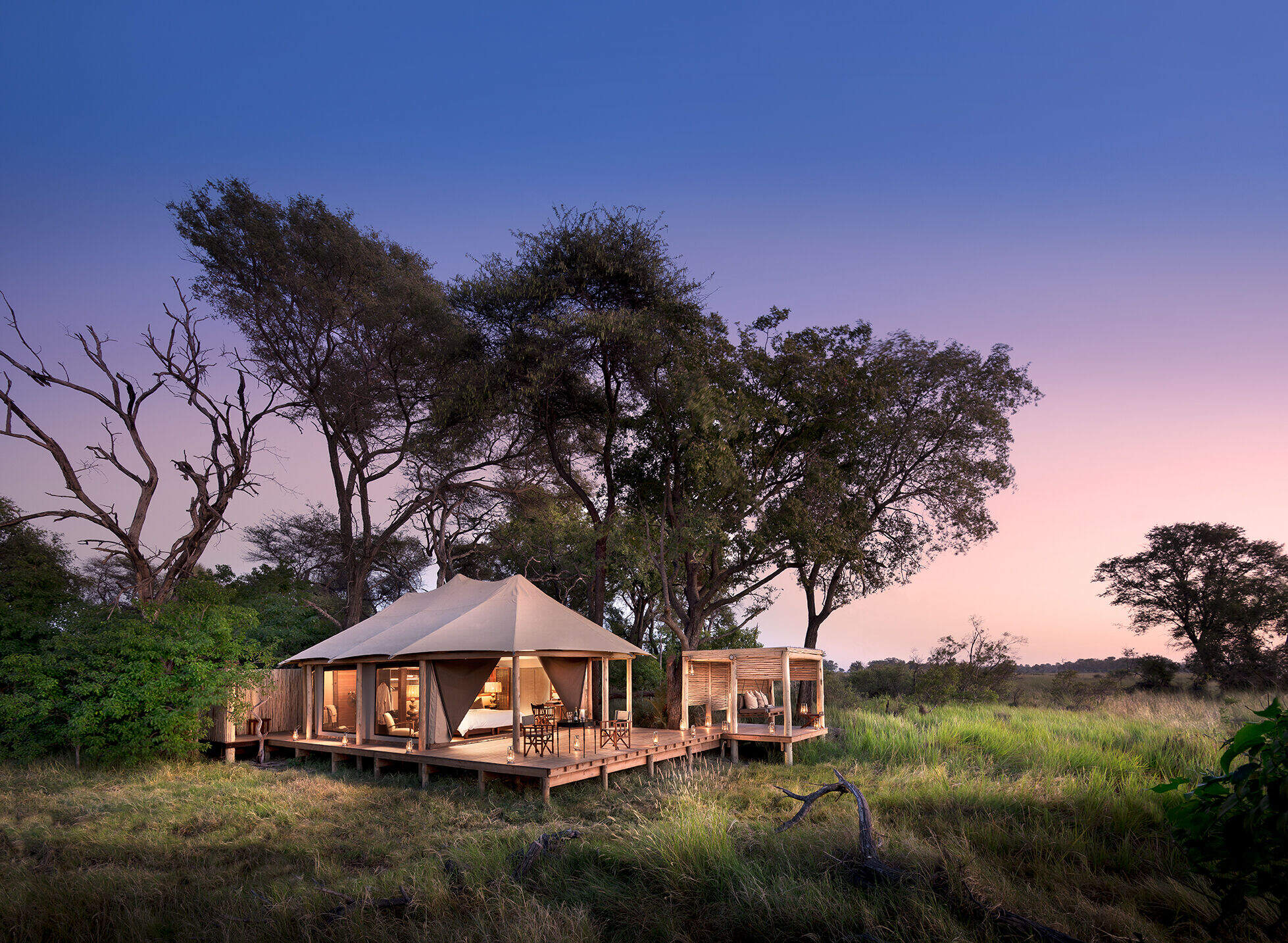
Nxabega Tented Camp
Nxabega offers a selection of both land- and water-based activities, plus very good guiding, food and service, but game viewing can be somewhat erratic.
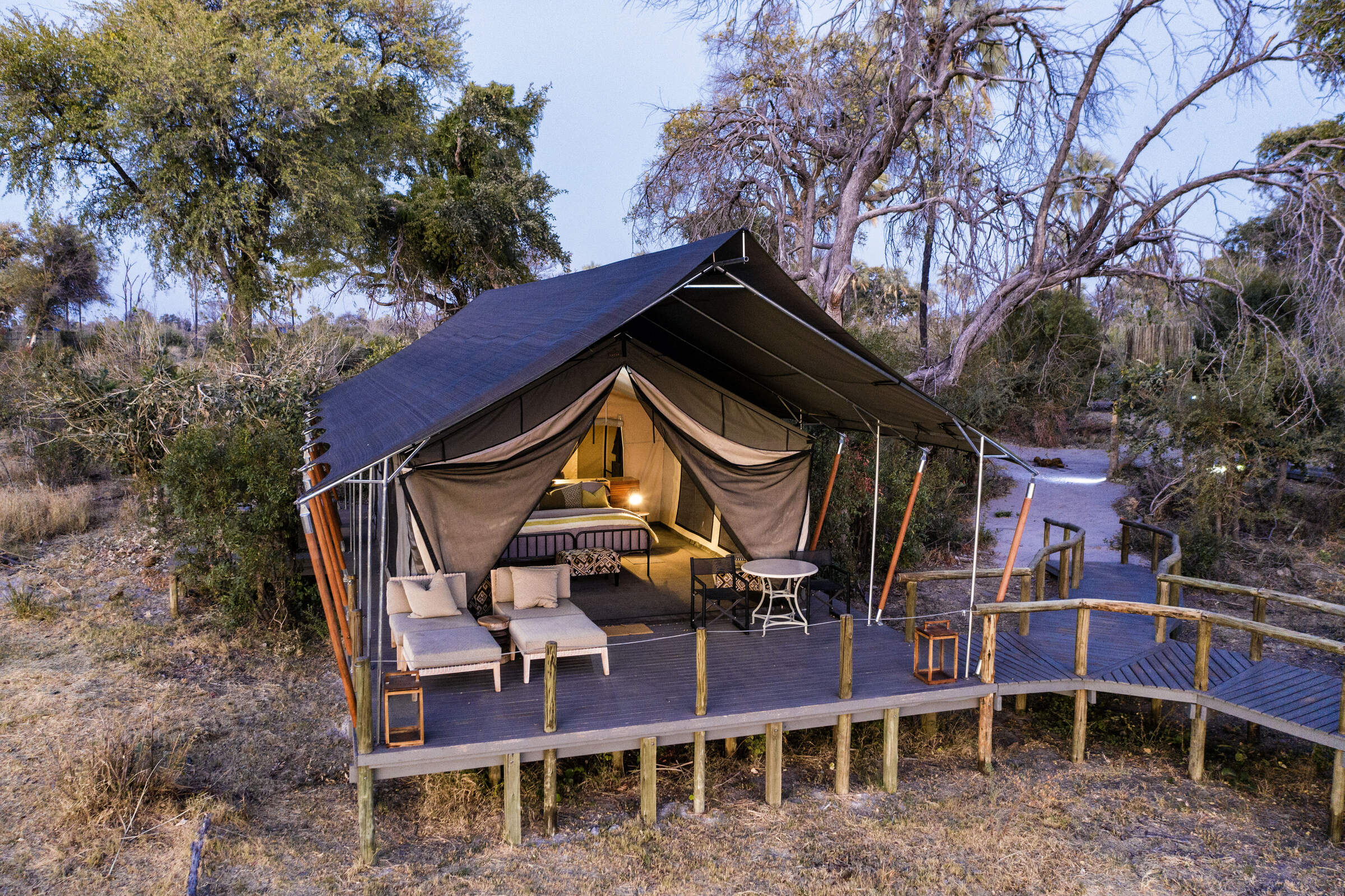
Gomoti Plains
Overlooking a tributary of the Gomoti River, Gomoti Plains Camp is a classically designed camp with very comfortable tents in a good game-viewing area.
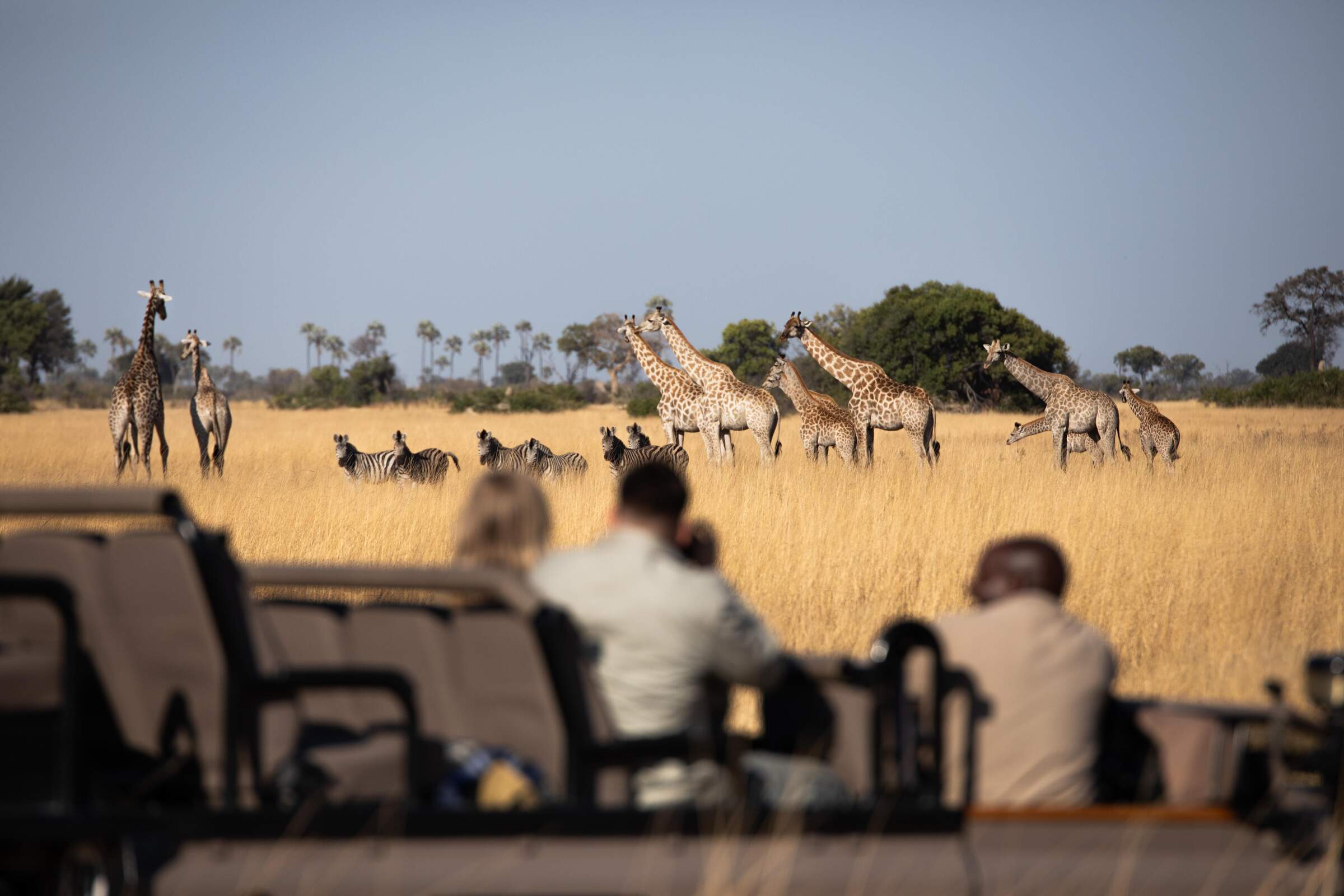
Tubu Tree Camp
A traditional tented camp with a distinctive tree-house feel, Tubu Tree offers some of the best game viewing in the Jao Reserve.
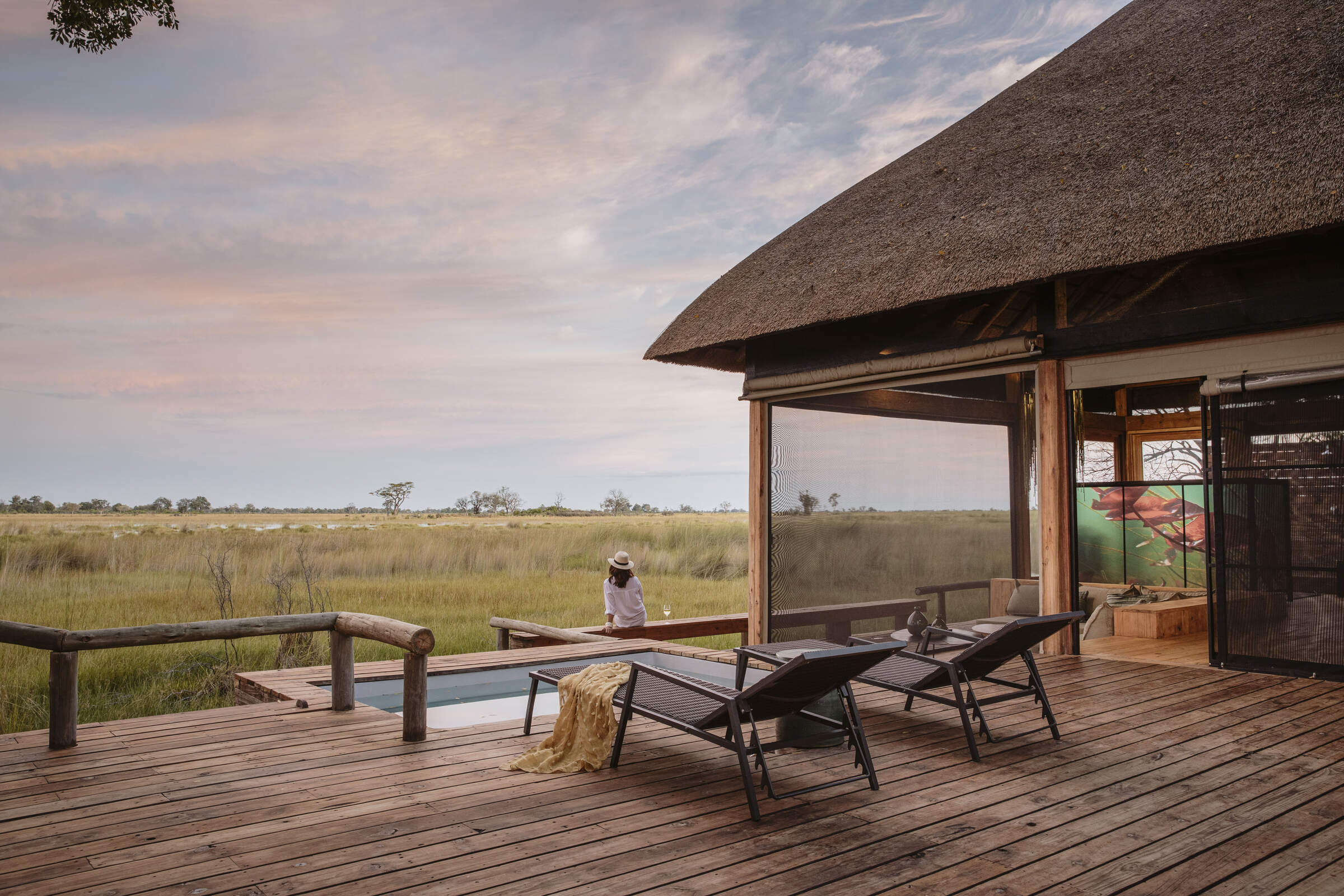
Vumbura Plains
Indulgently stylish and luxurious, Vumbura Plains offers superb game viewing and birding on an exceptionally varied private reserve.
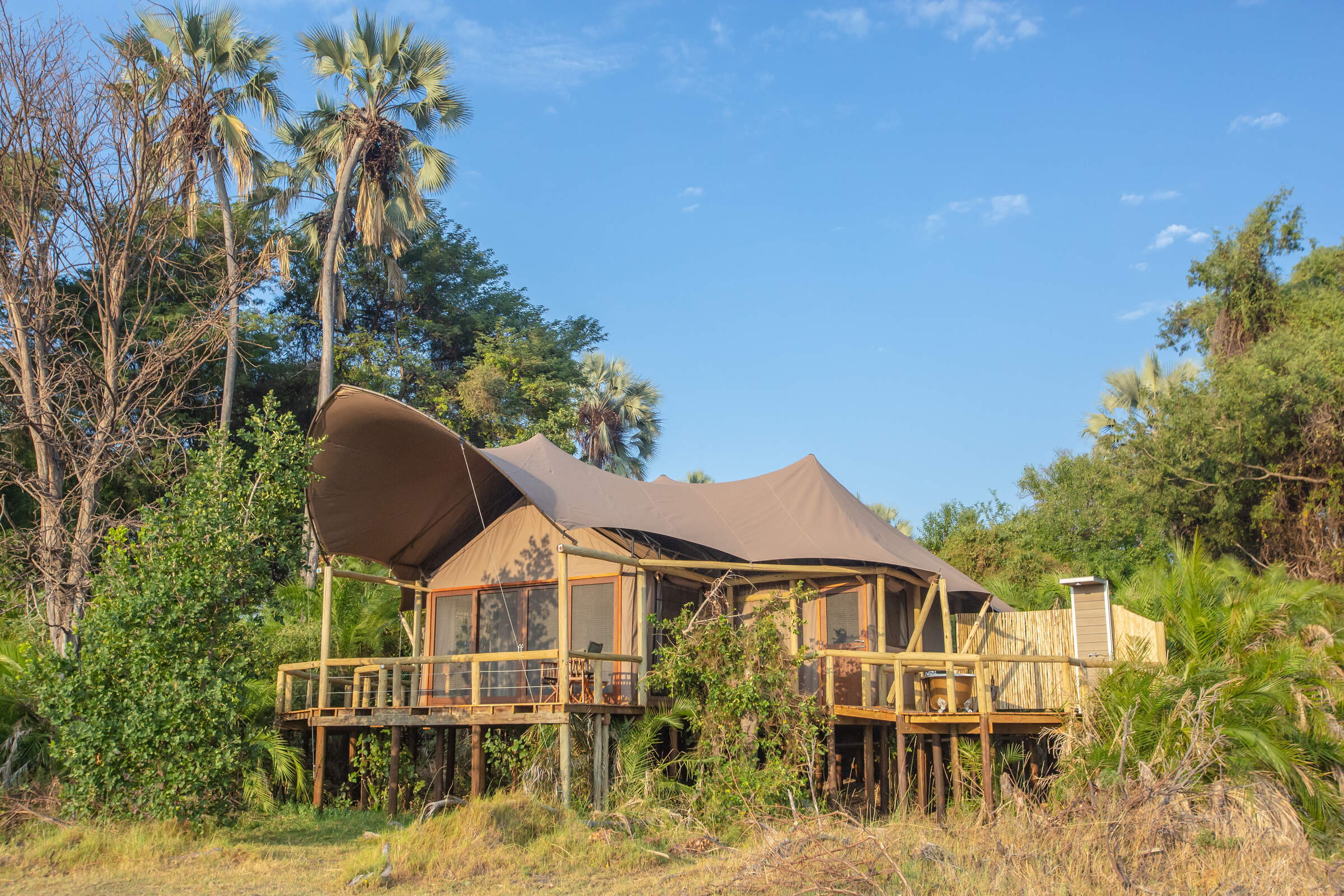
Jacana Camp
Jacana Camp is a small safari camp with an informal island feel; it is ideal for water-based activities in the Delta and offers excellent birdwatching.
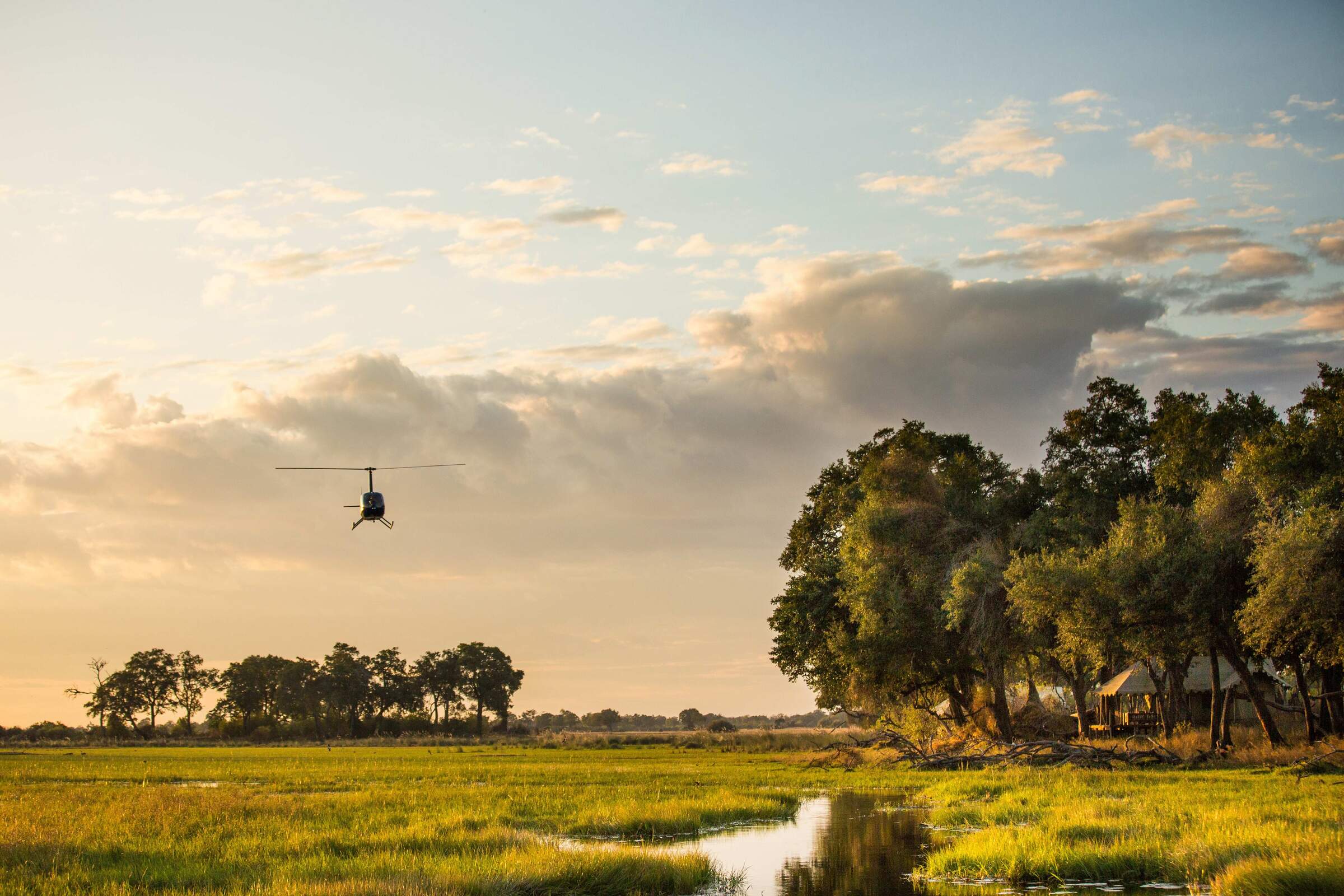
Duba Explorers Camp
Intimate and elegant, Duba Explorers Camp promises a firm safari focus in a remote corner of the Okavango, led by a team who value the highest guiding and hosting standards.
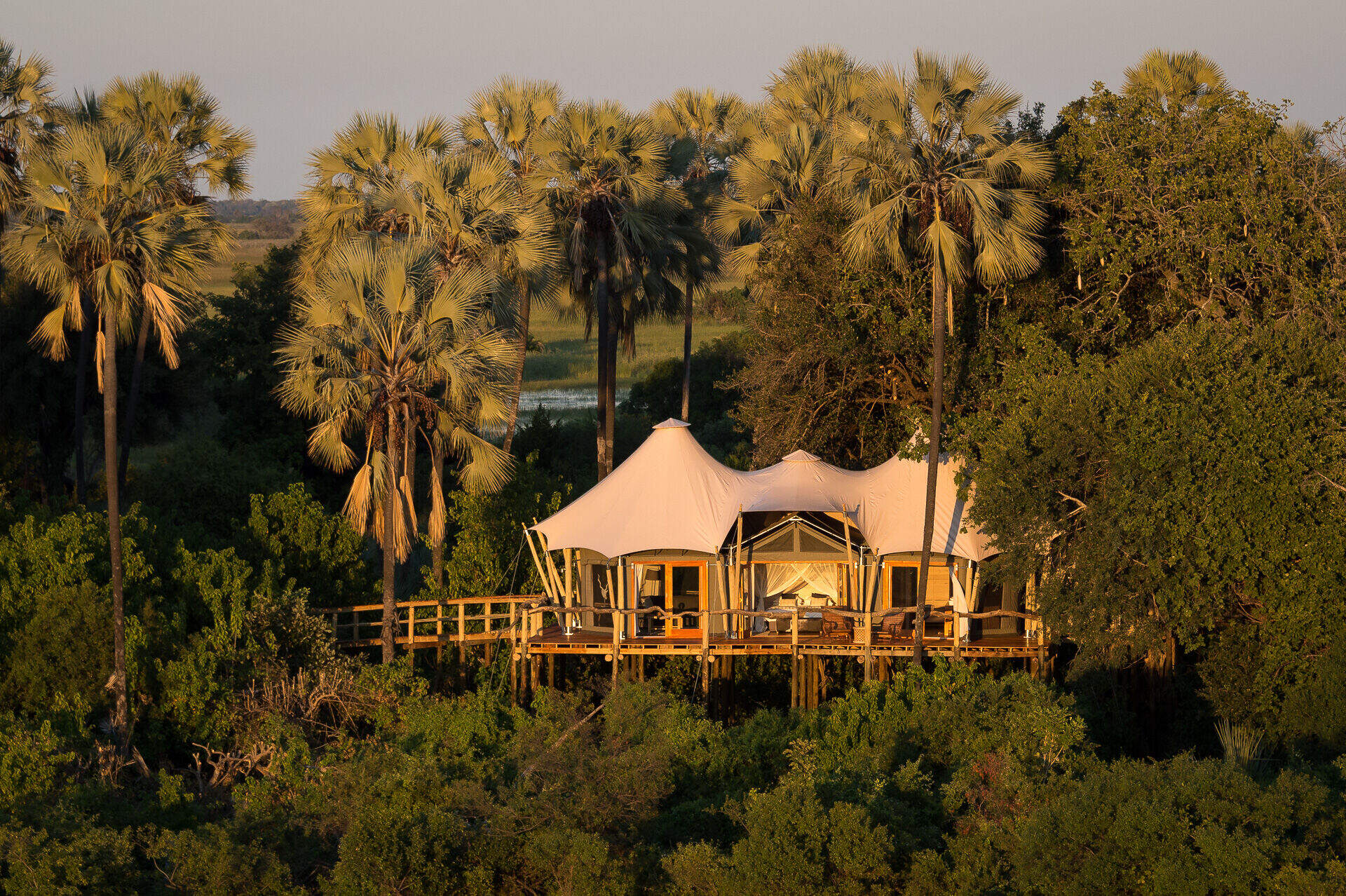
Kwetsani Camp
Deep in the Delta, overlooking a floodplain, Kwetsani Camp is a small, high-end camp with good access to areas for land and water-based activities.
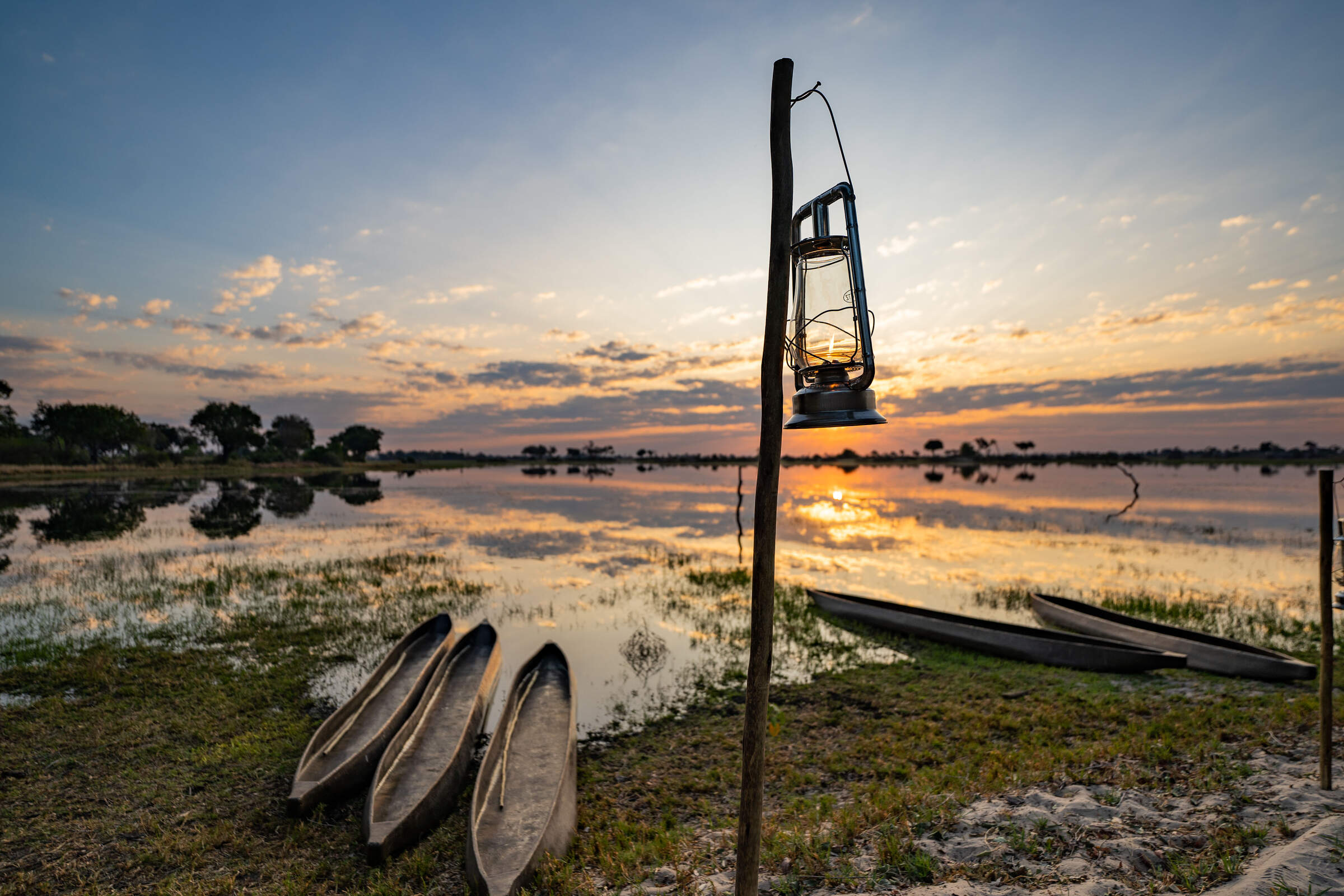
Pom Pom Camp
Amidst stunning Okavango Delta scenery, Pom Pom offers idyllic mokoro trips in season, great birdwatching, and increasingly good big-game sightings, especially leopards.
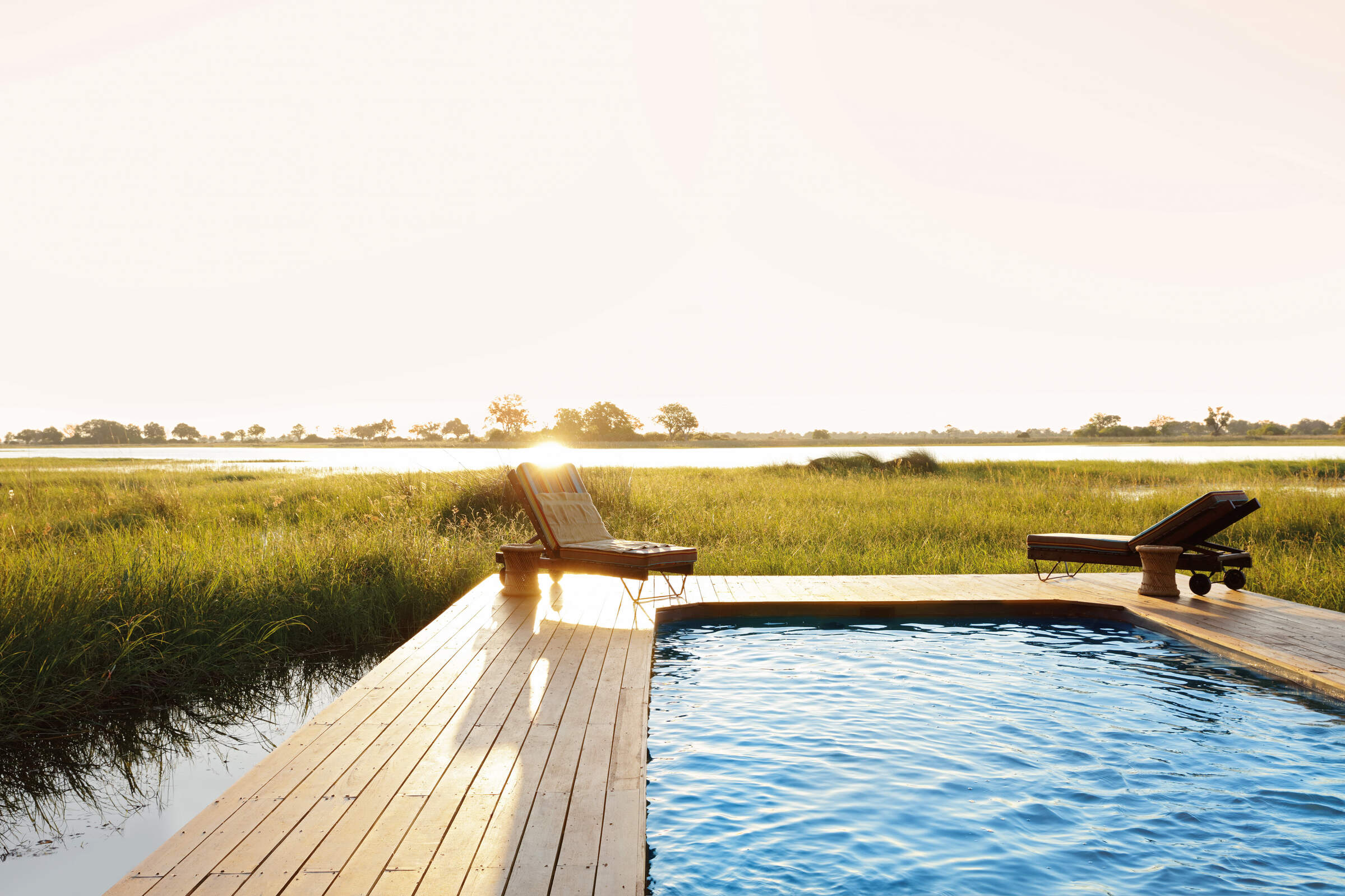
Mapula Lodge
For an affordable yet varied safari encompassing a range of eco-systems, the traditional Mapula Lodge takes a lot of beating.
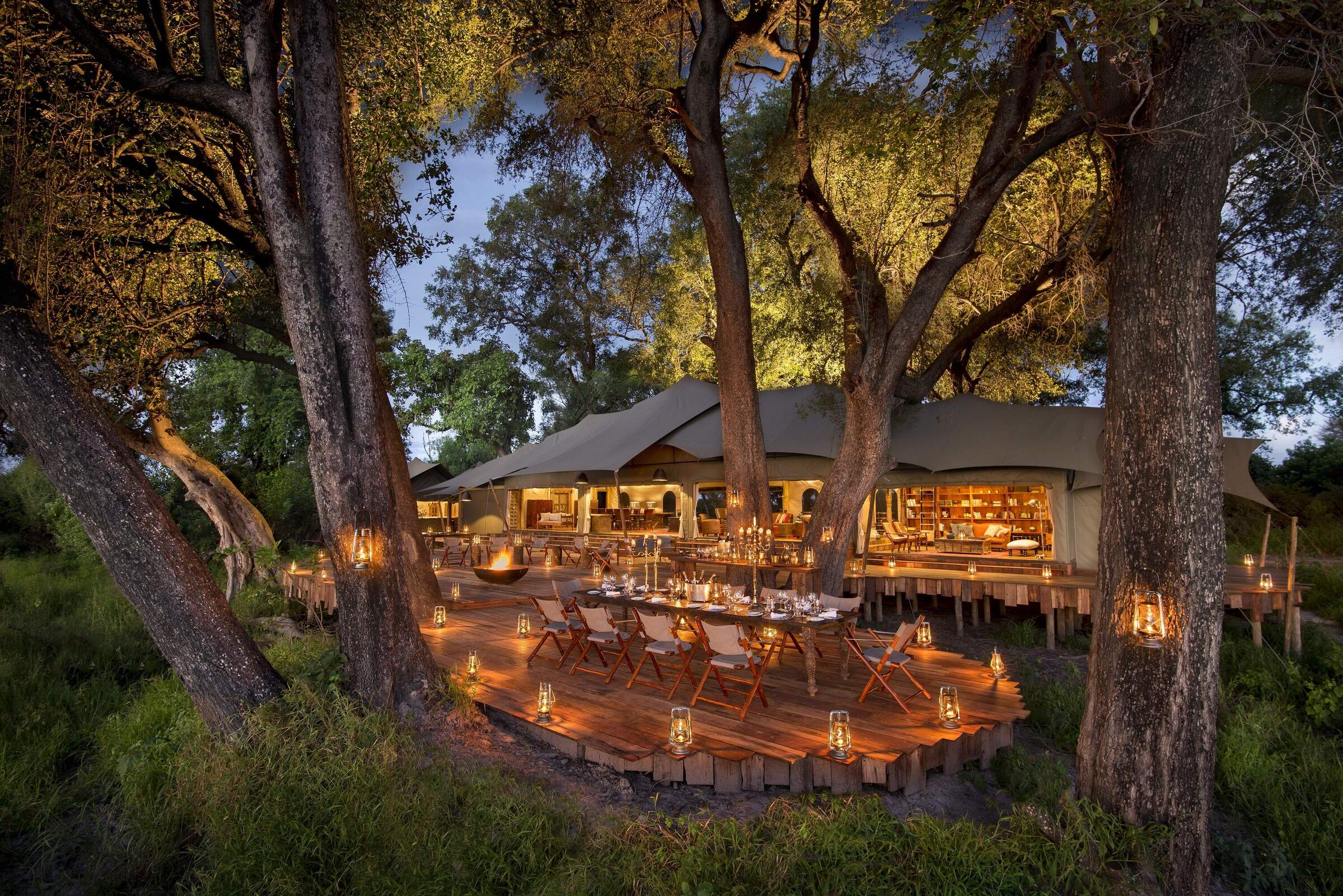
Duba Plains Camp
Duba Plains Camp is a traditional yet luxurious safari camp, best known for the thrilling lion behavior interaction that is often see during the day.
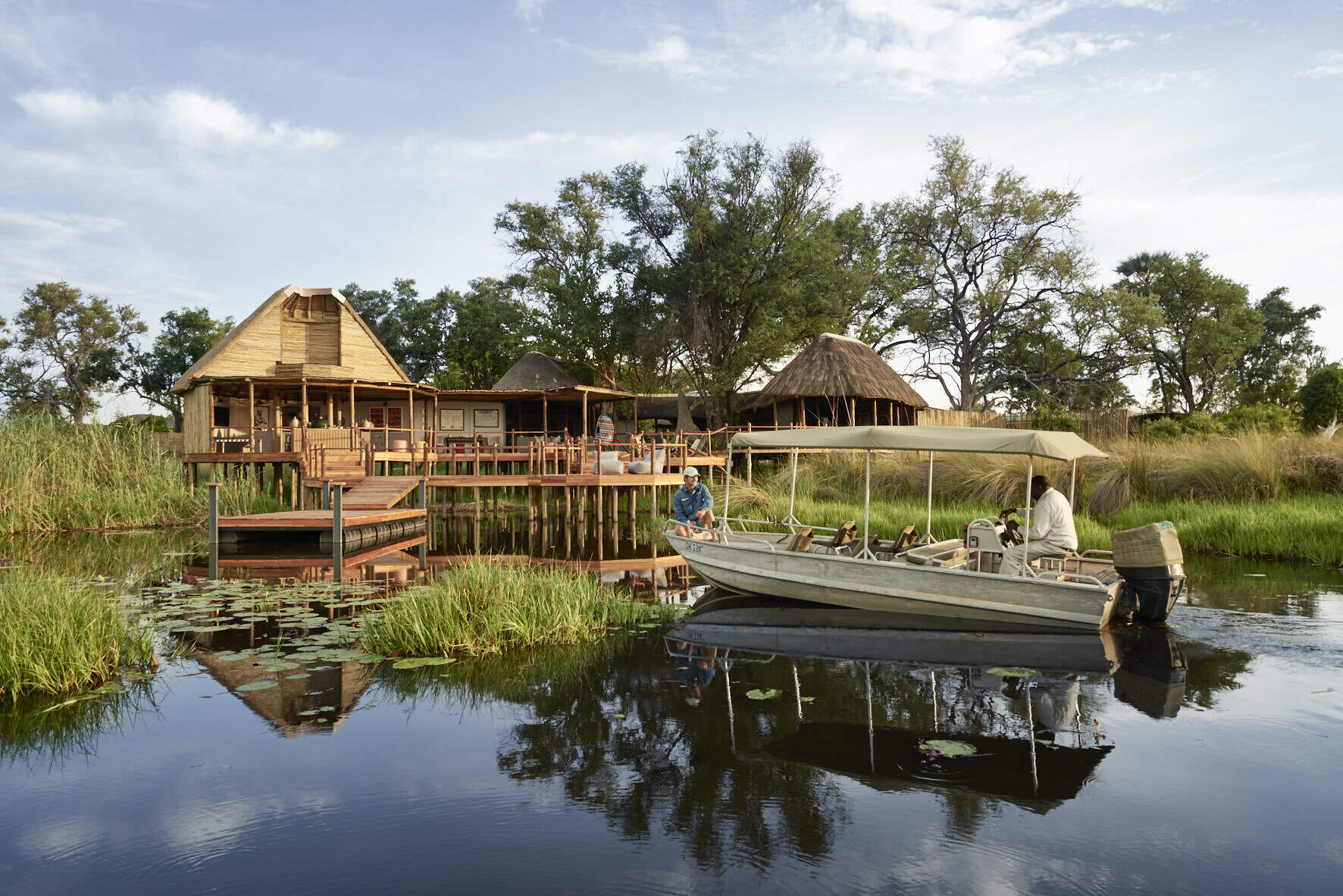
Baines' Camp
Baines' Camp is a well-run, intimate camp in a pretty part of the Okavango, offering a range of activities and the option to spend a morning walking with elephants.
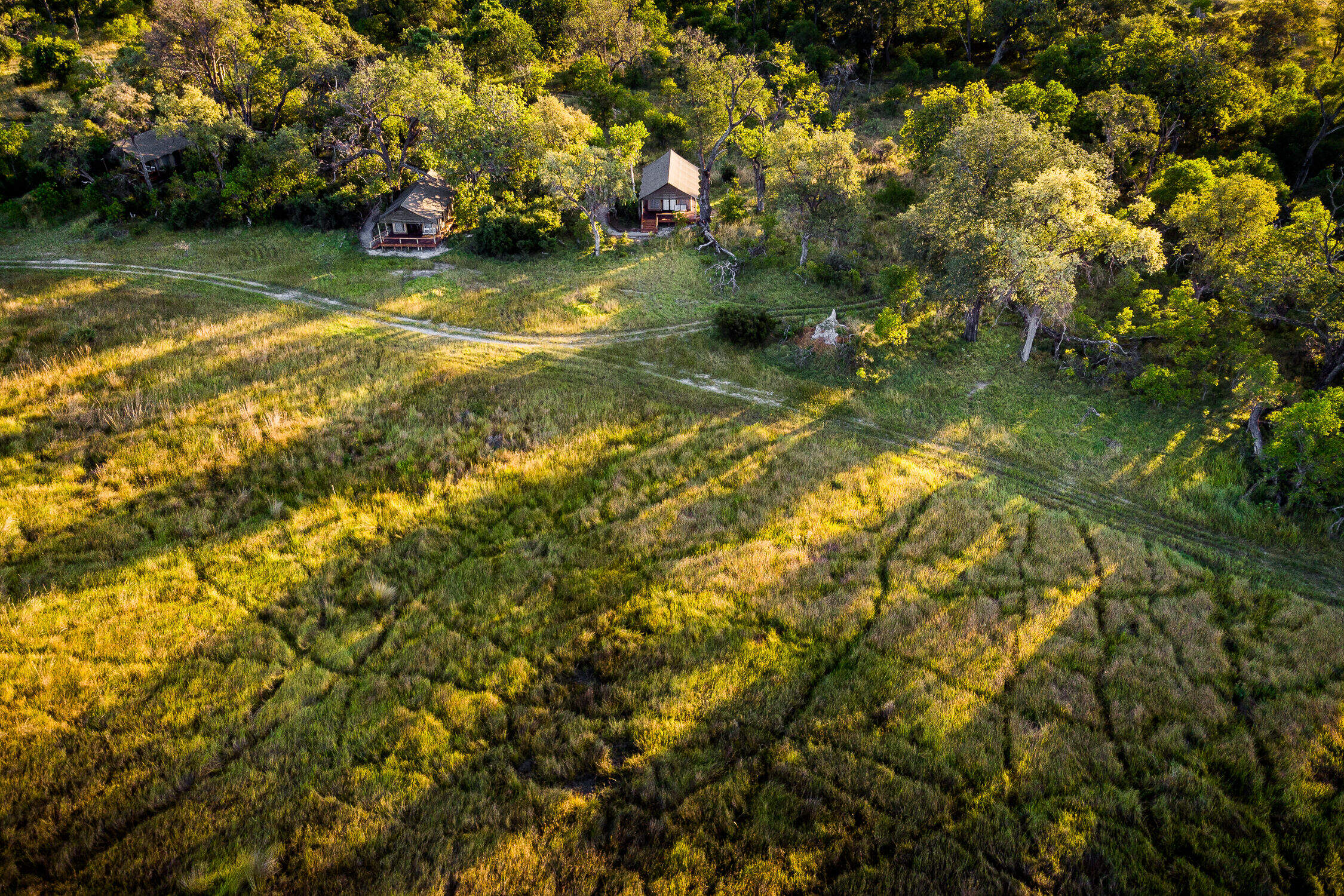
Stanley's Camp
In a private concession south of Moremi Game Reserve, Stanley's Camp offers 4WD game drives, seasonal water activities and a superb elephant interaction.
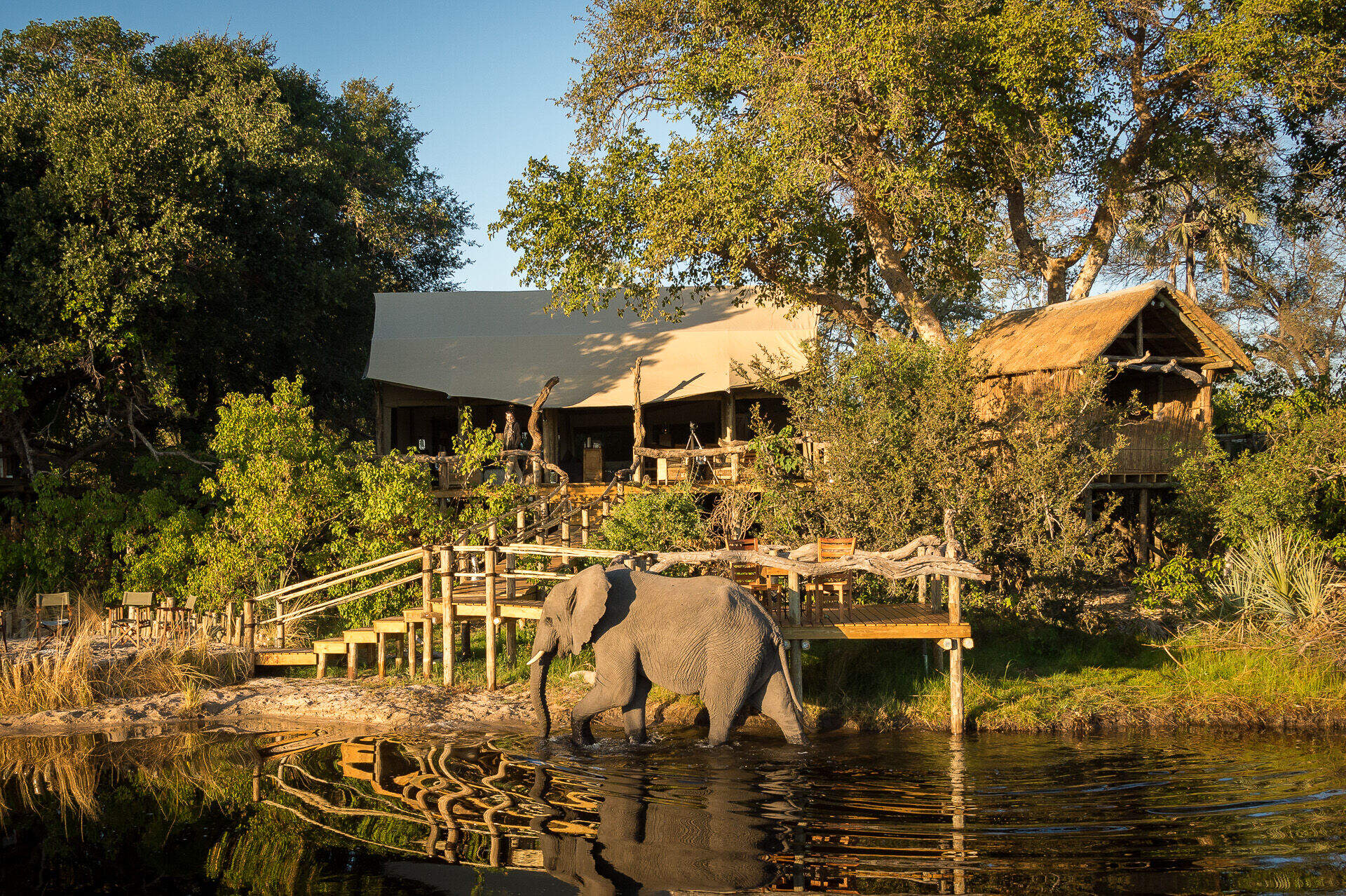
Little Tubu
Little Tubu is a new, traditional camp with just three tented chalets and a distinctive tree-house feel. The areas around it can be explored by water and land-based activities year round.
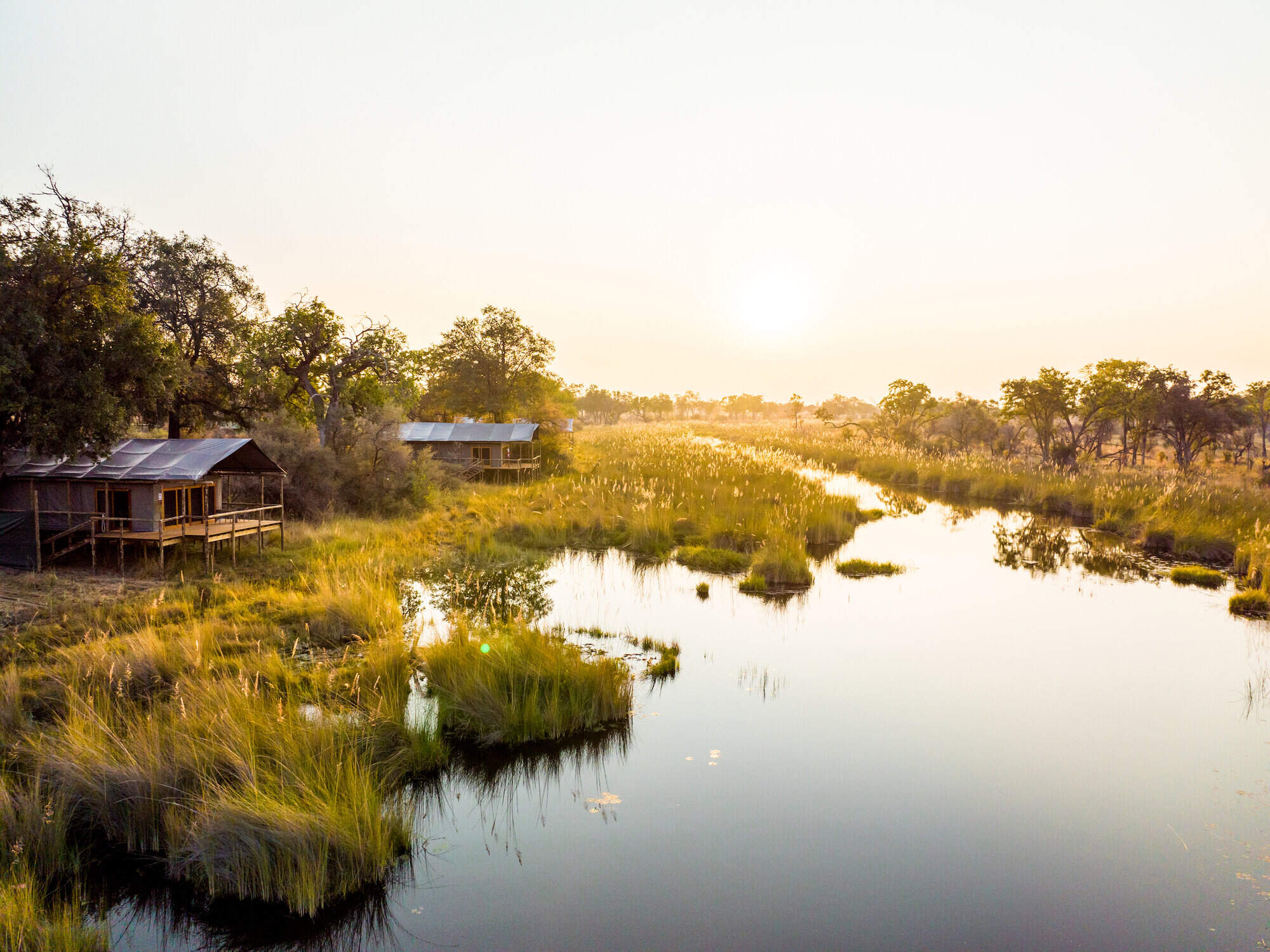
4 Rivers
4 Rivers is a new camp in a previously in accessible area of the excellent Kwara concession.
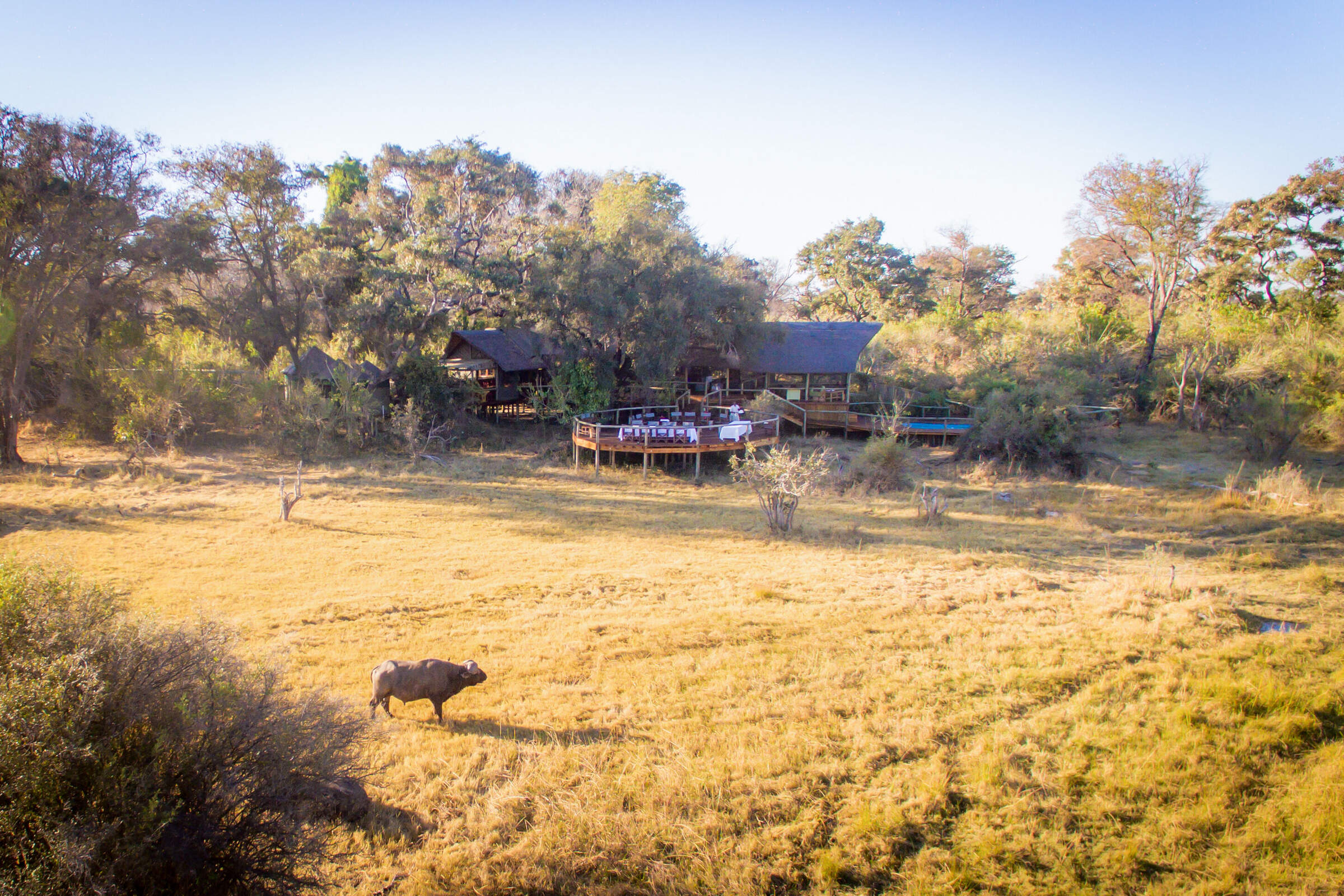
Rra Dinare
Located in a private concession in the southern reaches of the Okavango Delta, overlooking the Gomoti River, Rra Dinare is a traditional-style, well-priced camp.
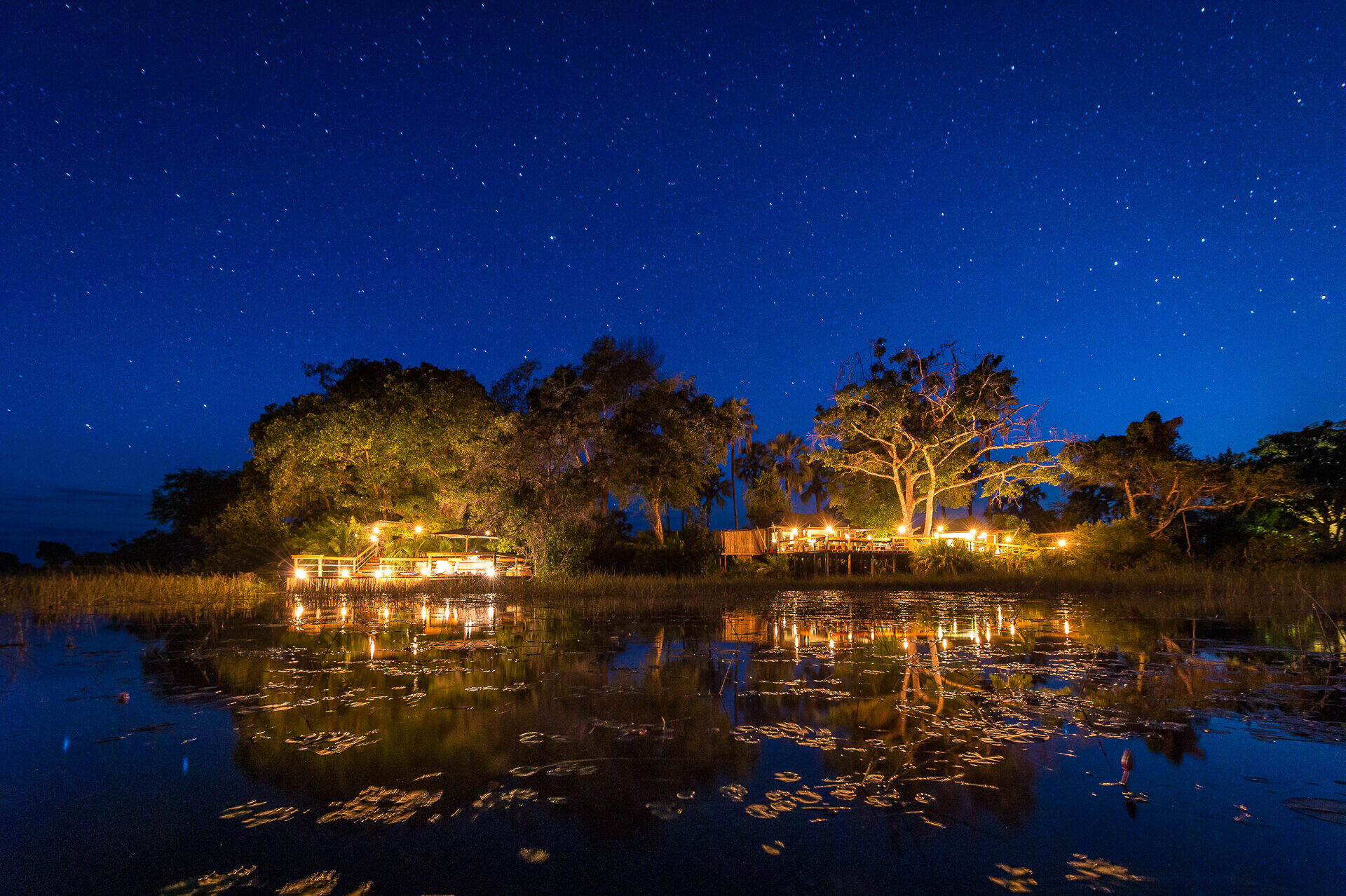
Pelo Camp
In a pristine wilderness environment deep in the Okavango Delta, the seasonal Pelo Camp is tented yet comfortable, with activities focusing on excursions by mokoro.
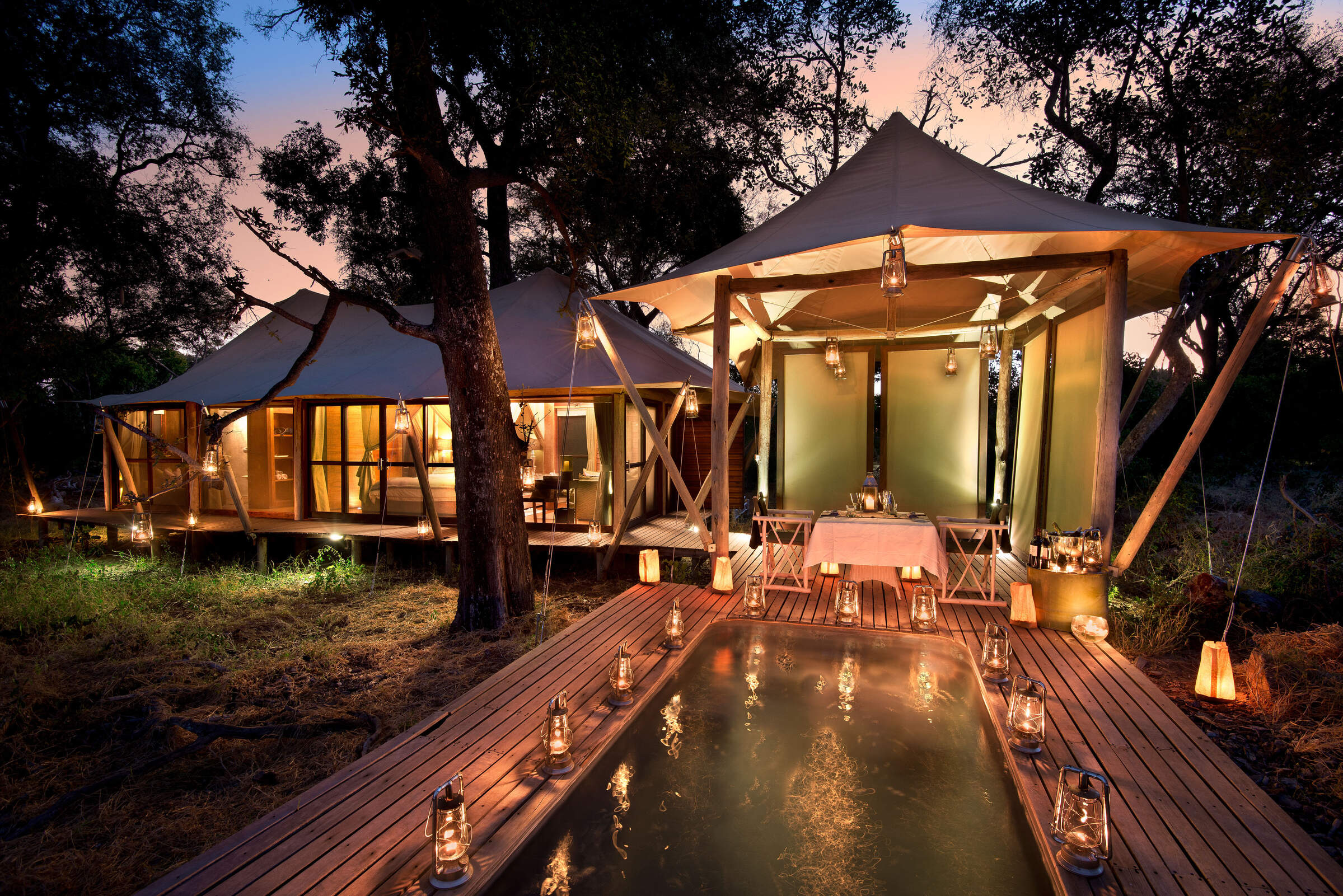
Xaranna
Xaranna is a plush tented camp amongst the idyllic waterways and islands of the Delta. Each air-conditioned tent has a plunge pool. Water activities and pampering are the focus here.
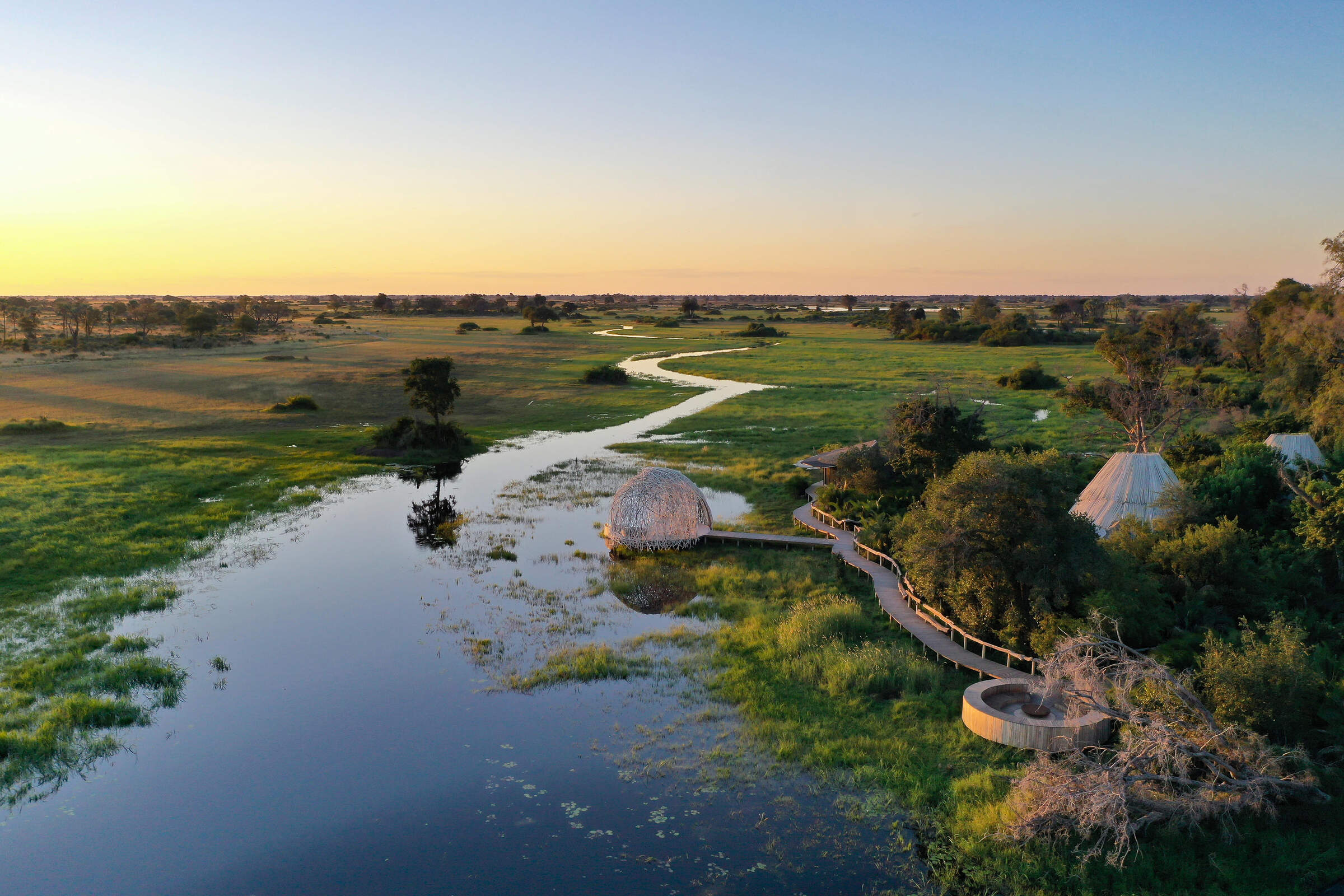
Jao Camp
In a beautiful area with fantastic water activities, Jao combines an idyllic location with high levels of luxury and service, and a top-end spa.
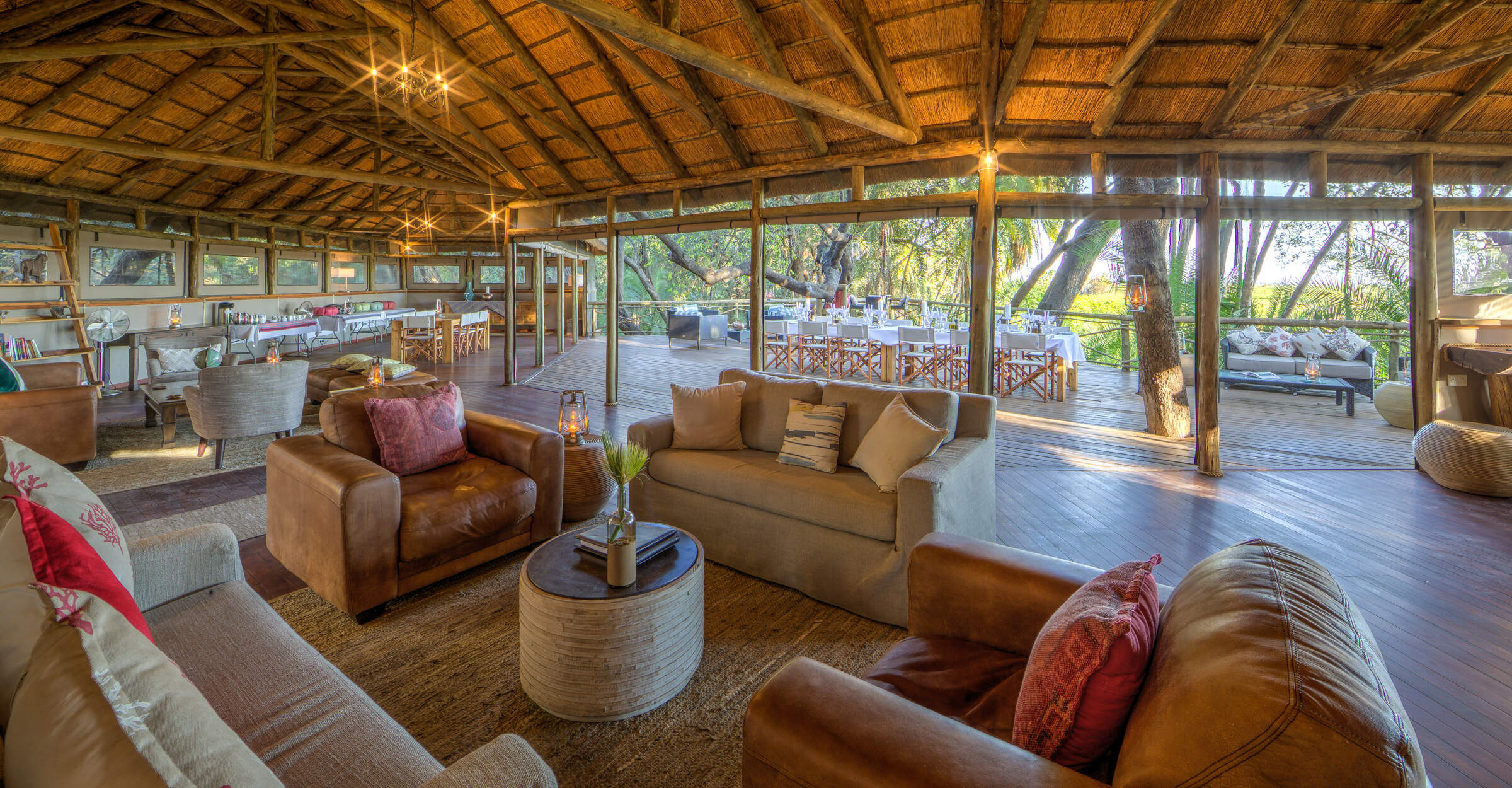
Setari Camp
Setari Camp stands on an island dotted with palm trees, close to the base of the Okavango’s ‘Panhandle"
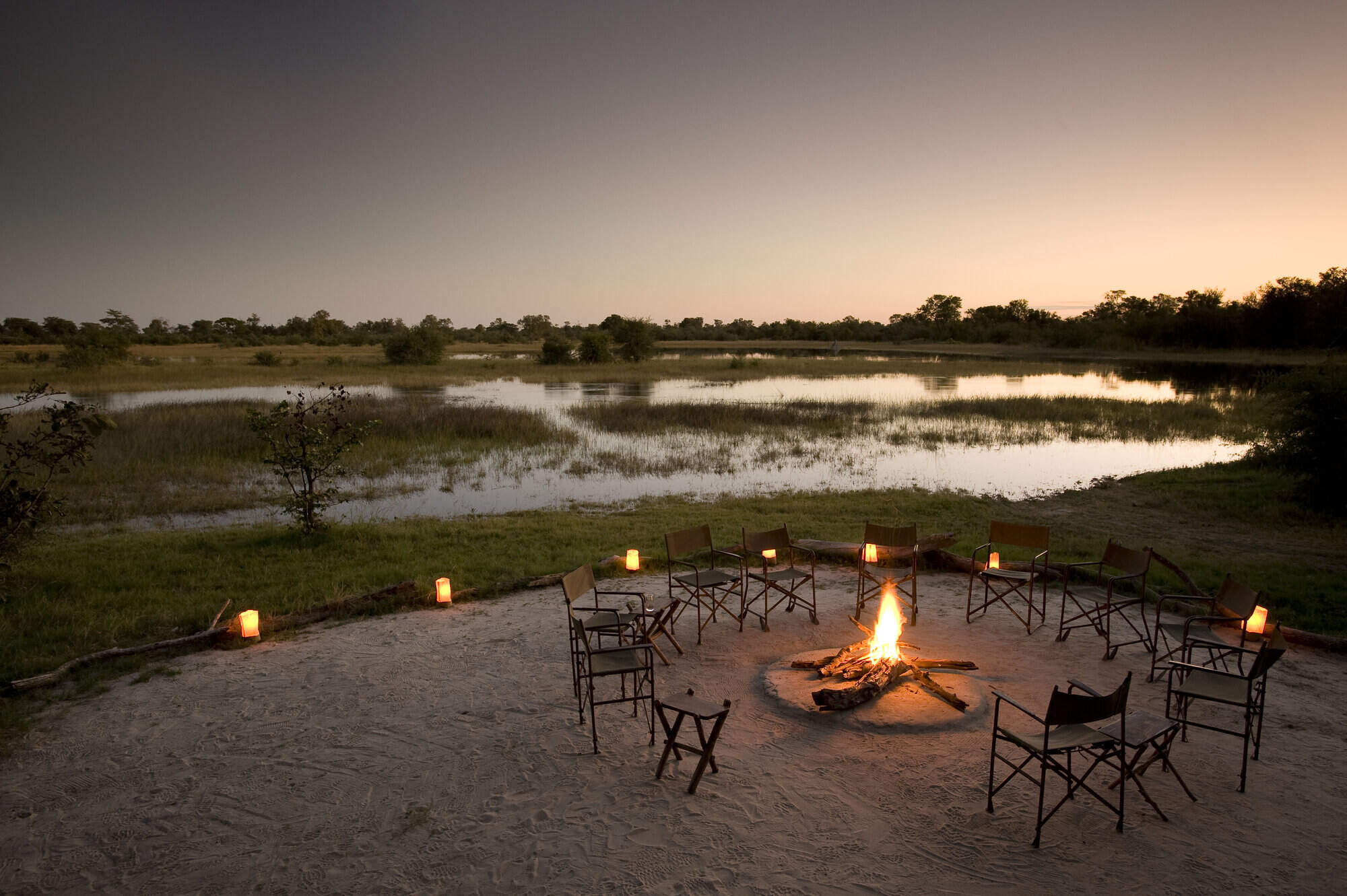
Okavango Explorers
The traditional, tented Okavango Explorers Camp offers a mix of walking, canoeing and game drives led by great guides in a wildlife-rich area.
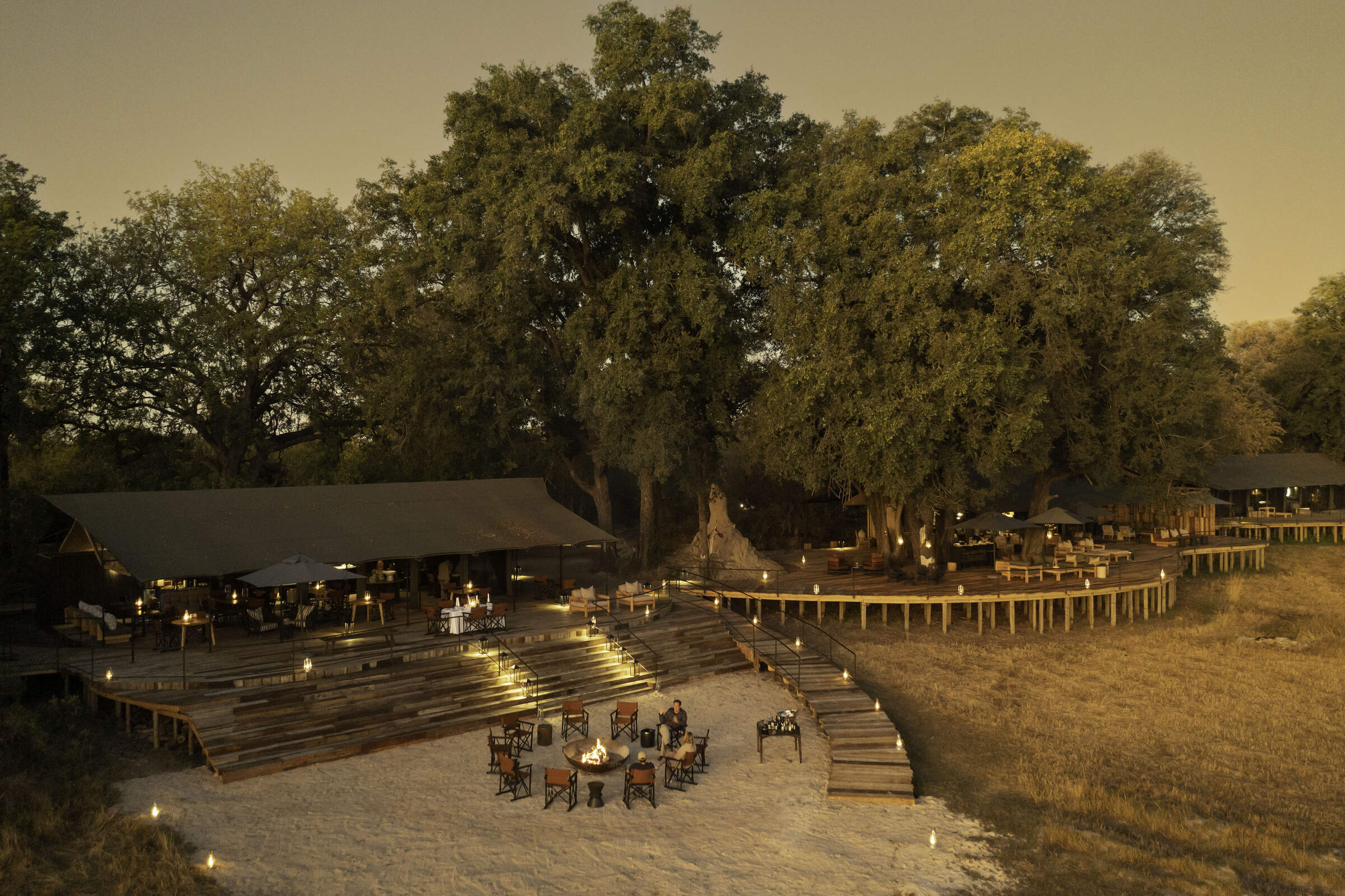
Kiri Camp
Kiri Camp is the latest Okavango offering from the excellent team behind Machaba. In an exciting new location in the heart of the Delta we cannot wait to visit this new camp.
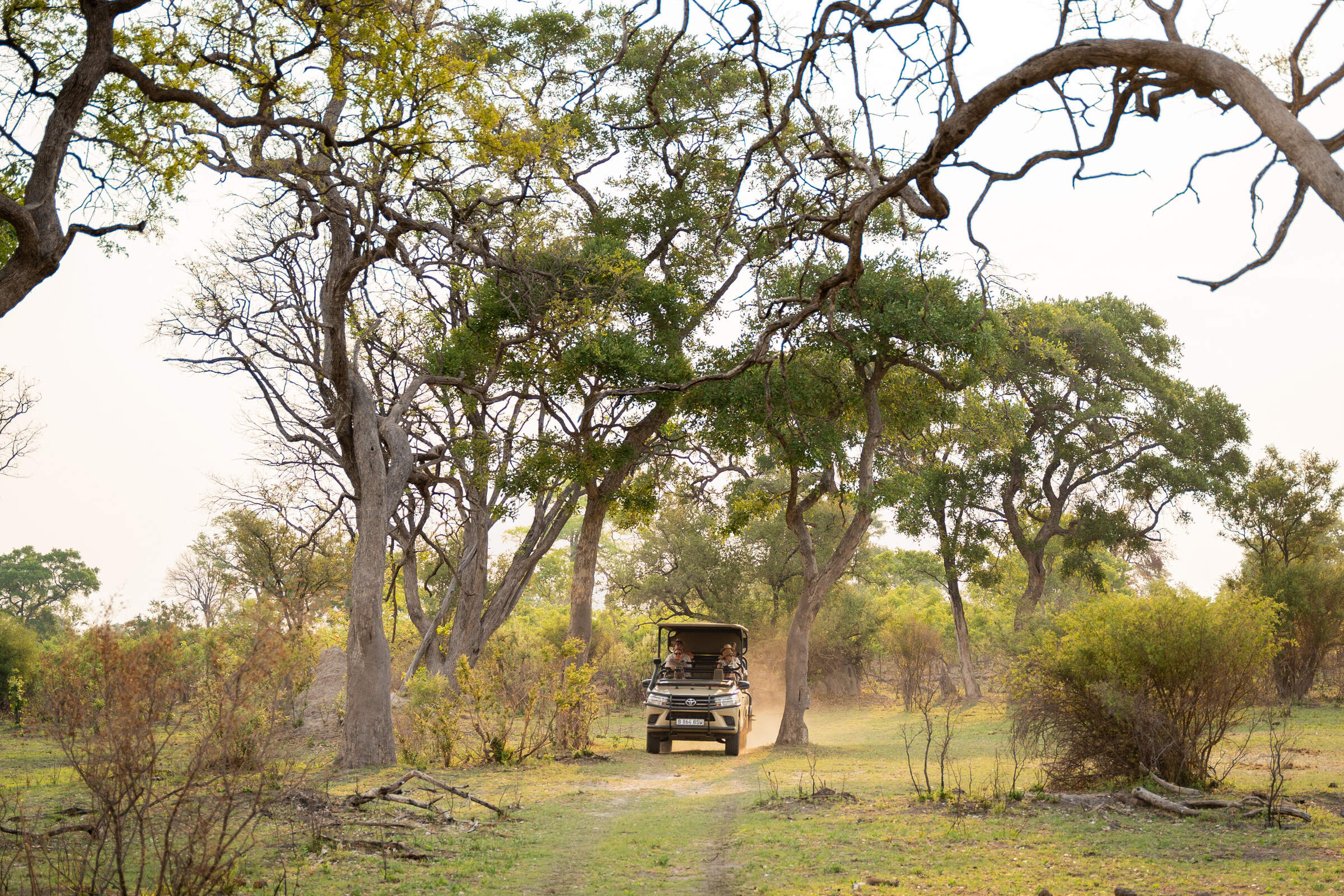
Karangoma
New for 2024, Karangoma is a classic, tented camp offering walking, canoeing and game drives, in partnership with the local Bukakwe San clan.
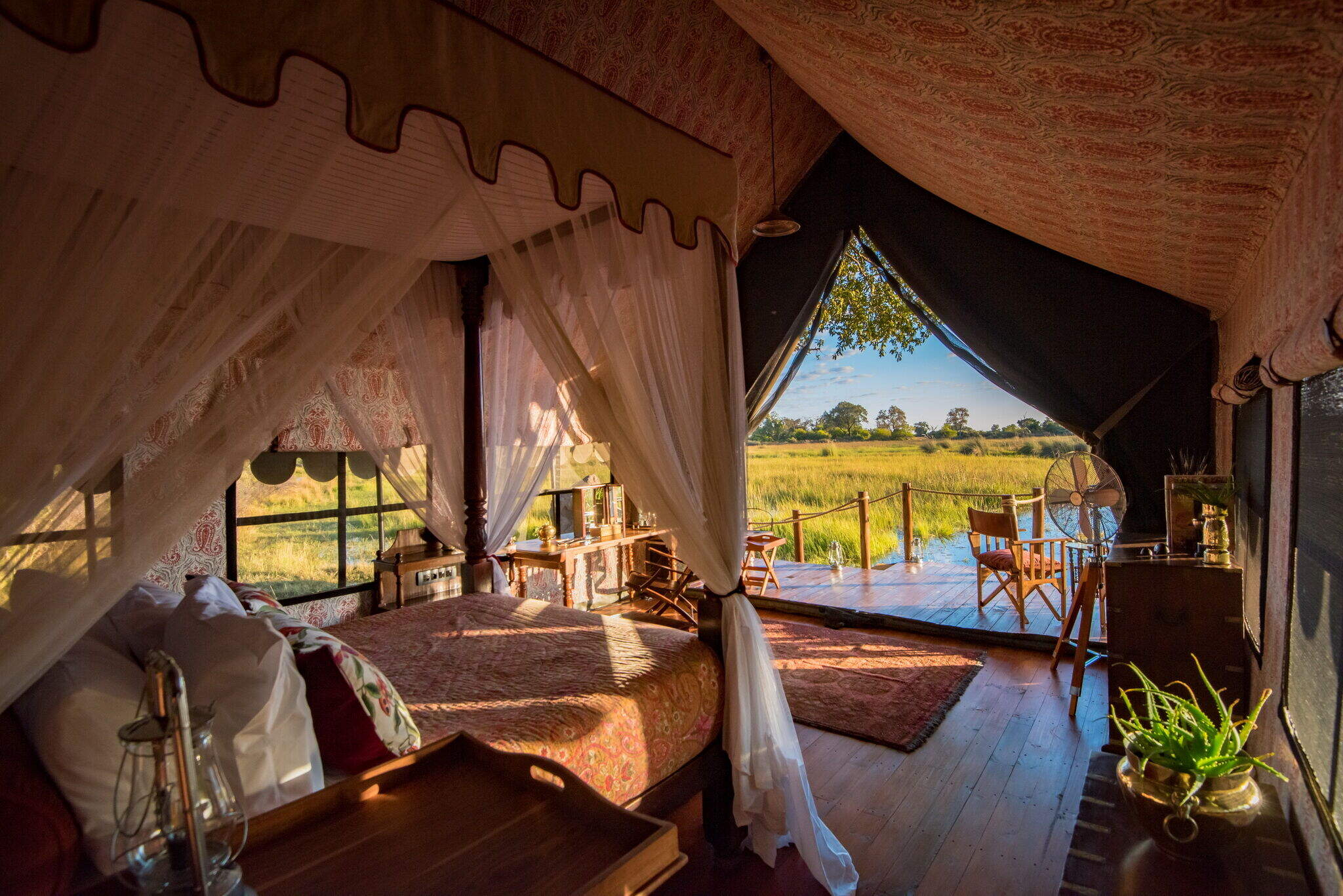
Duke’s Camp
On a remote island within a large concession, the romantic Duke's Camp and smaller Duke’s East are nestled among mature trees overlooking wildlife-rich plains and waterways of the Okavango.
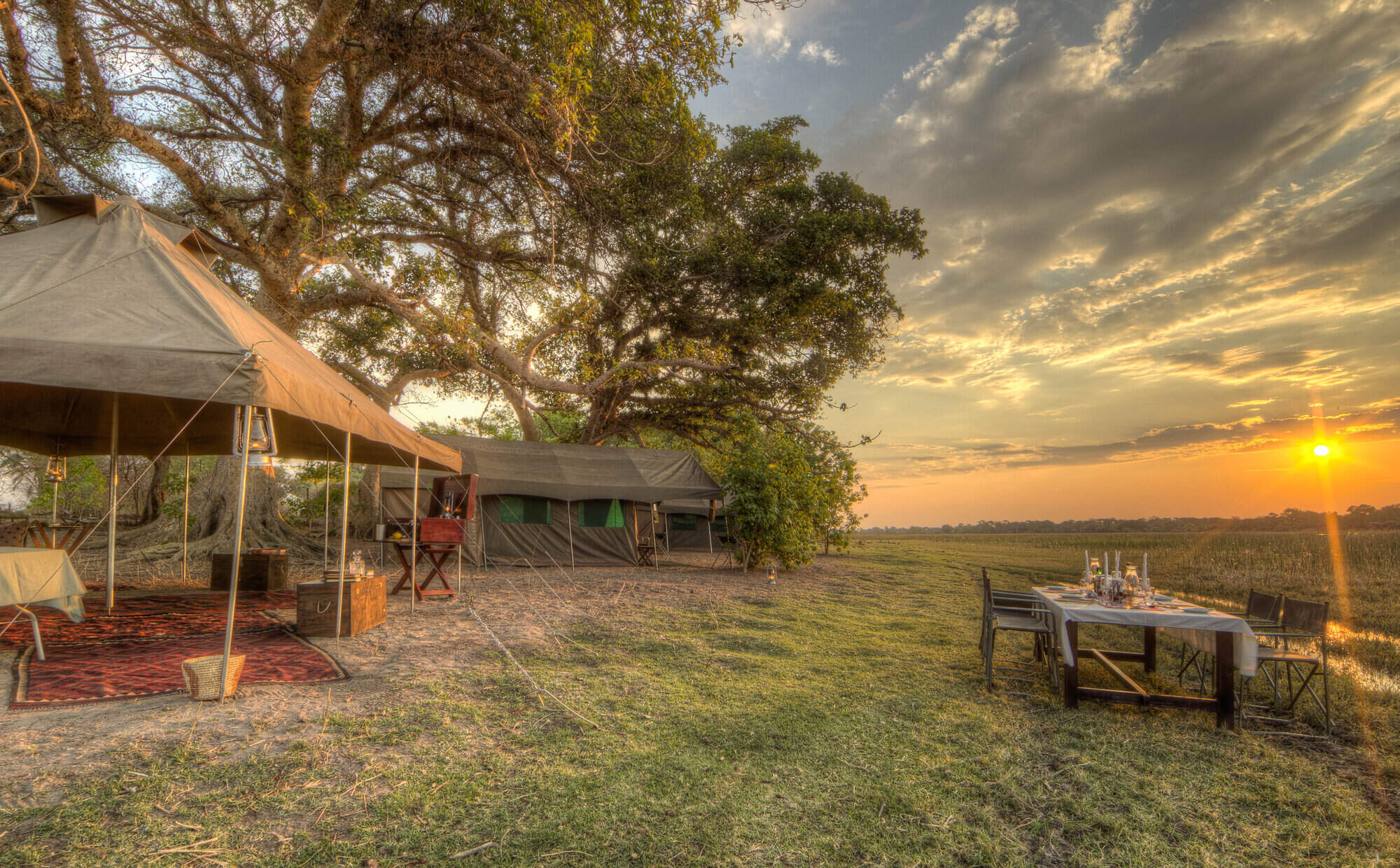
Okavango Walking Safari
The Okavango Delta Walking Safari camps in a secluded Okavango Delta Reserve where there are few roads; the ideal location for a walking trail led by an expert guide.
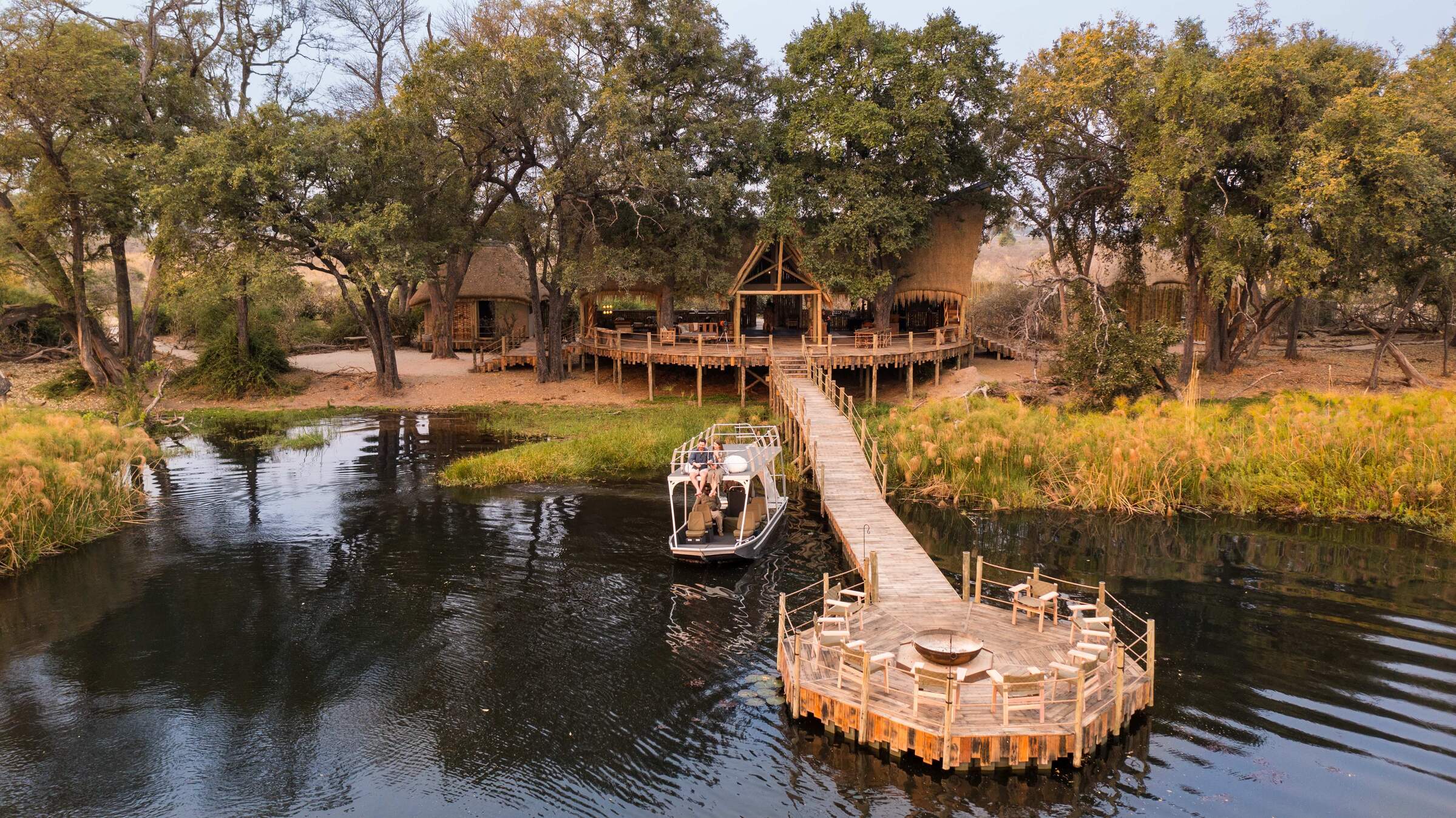
Sitatunga Island Camp
Tucked away in a pristine corner of the Okavango Delta, the exclusive Sitatunga Private Island is a water-based camp offering boating, mokoro trips and fishing.
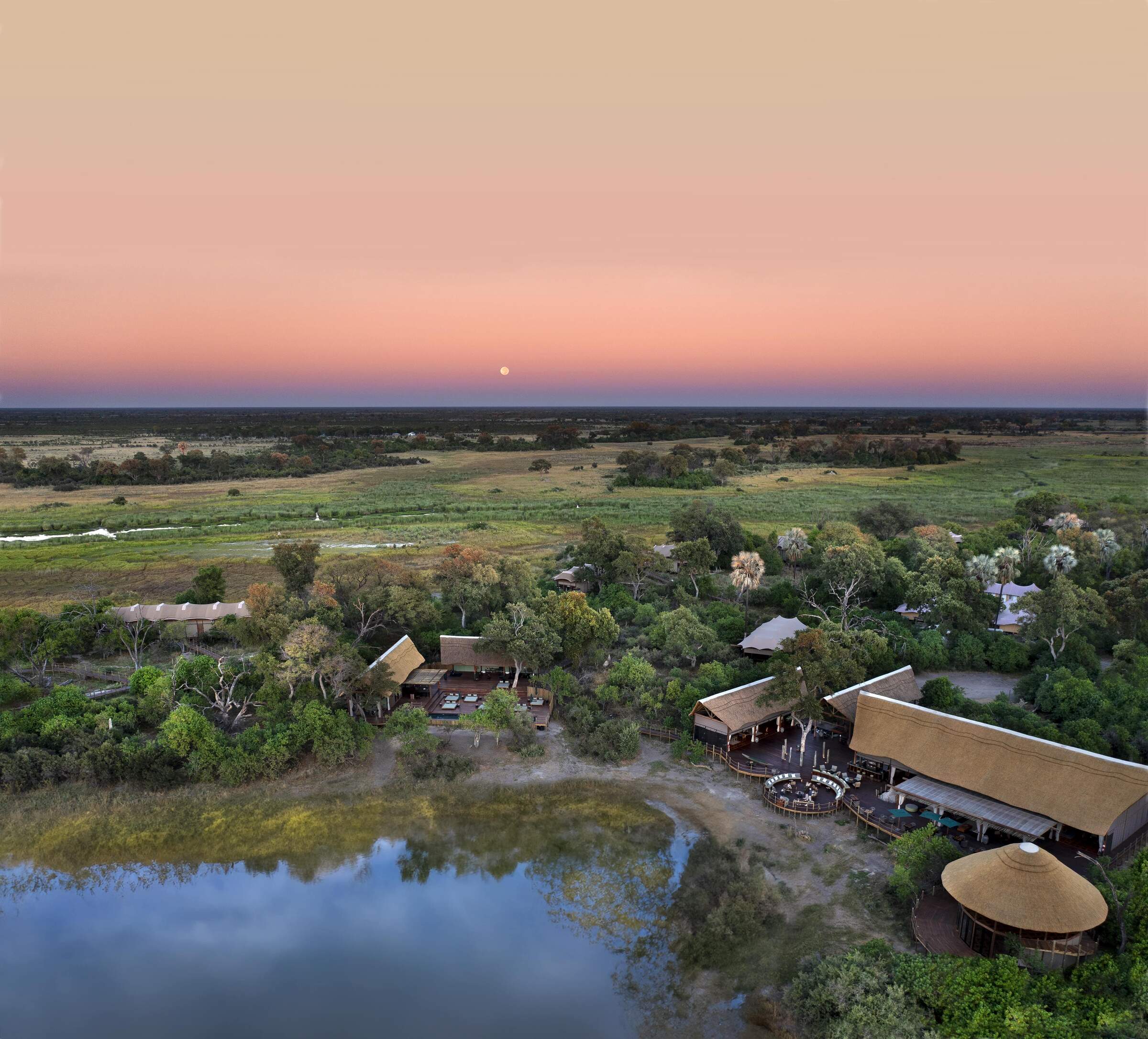
Atzaro Okavango
With a high level of tasteful luxury promised at Atzaro, we think it will be best suited to travellers seeking a touch of pampering alongside their safari.
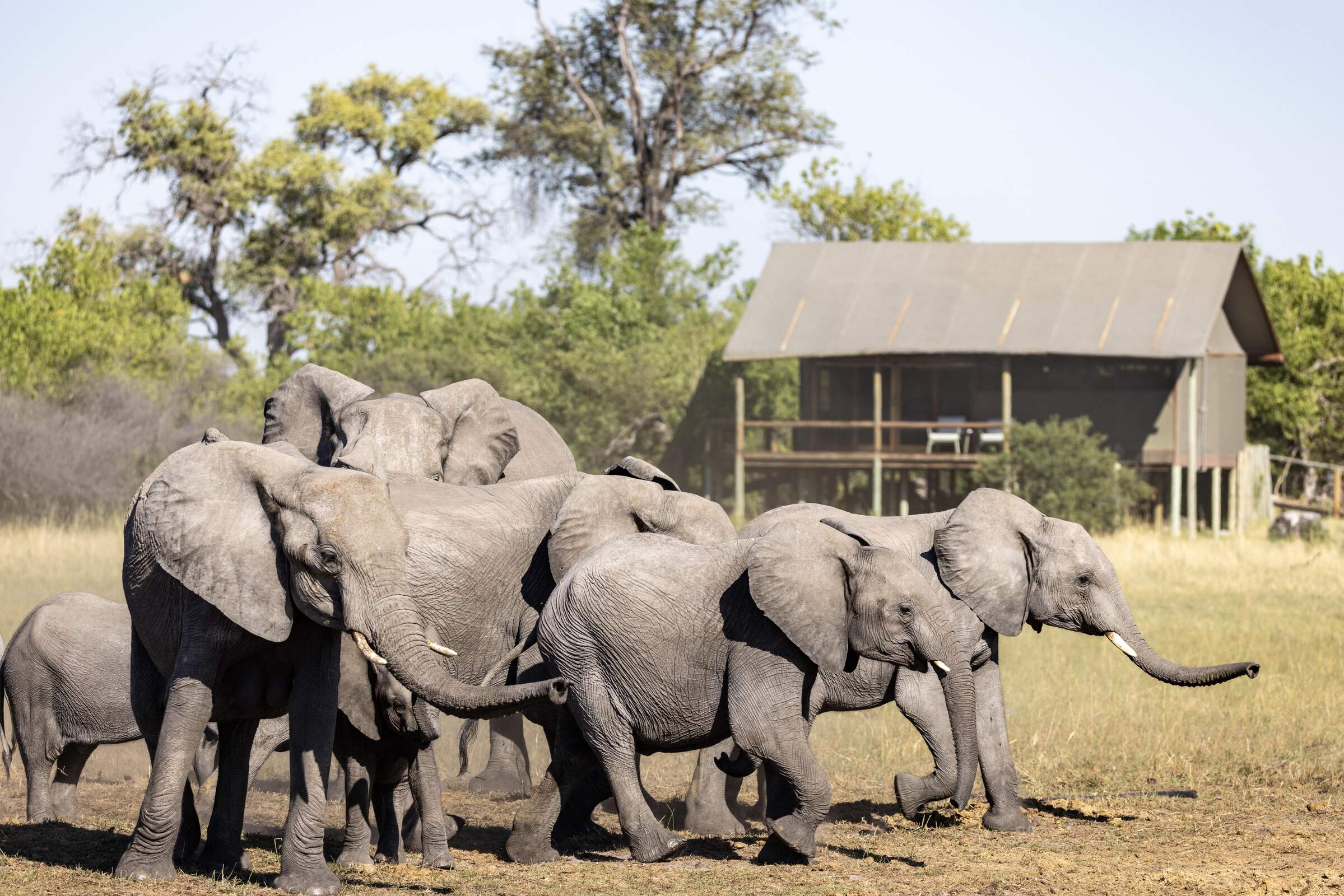
Mokolwane
Deep in the heart of the Okavango, the simple Mokolwane focuses on wildlife viewing in a large, untouched area.
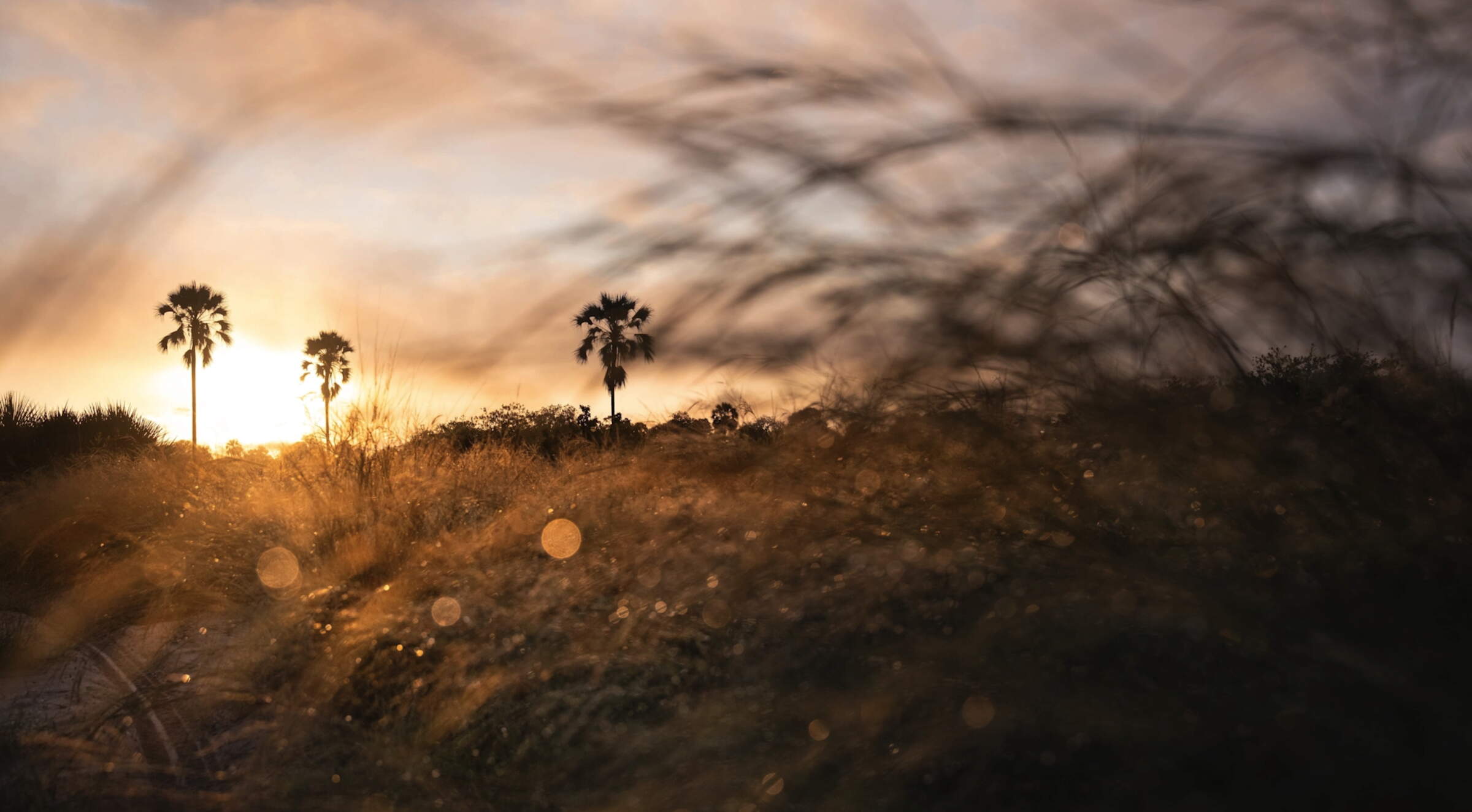
Singita Elela
Singita Elela is an exclusive safari camp on the western side of the Botswana's Okavango Delta - offering superb wildlife and water based opportunities depending on the seasonality.
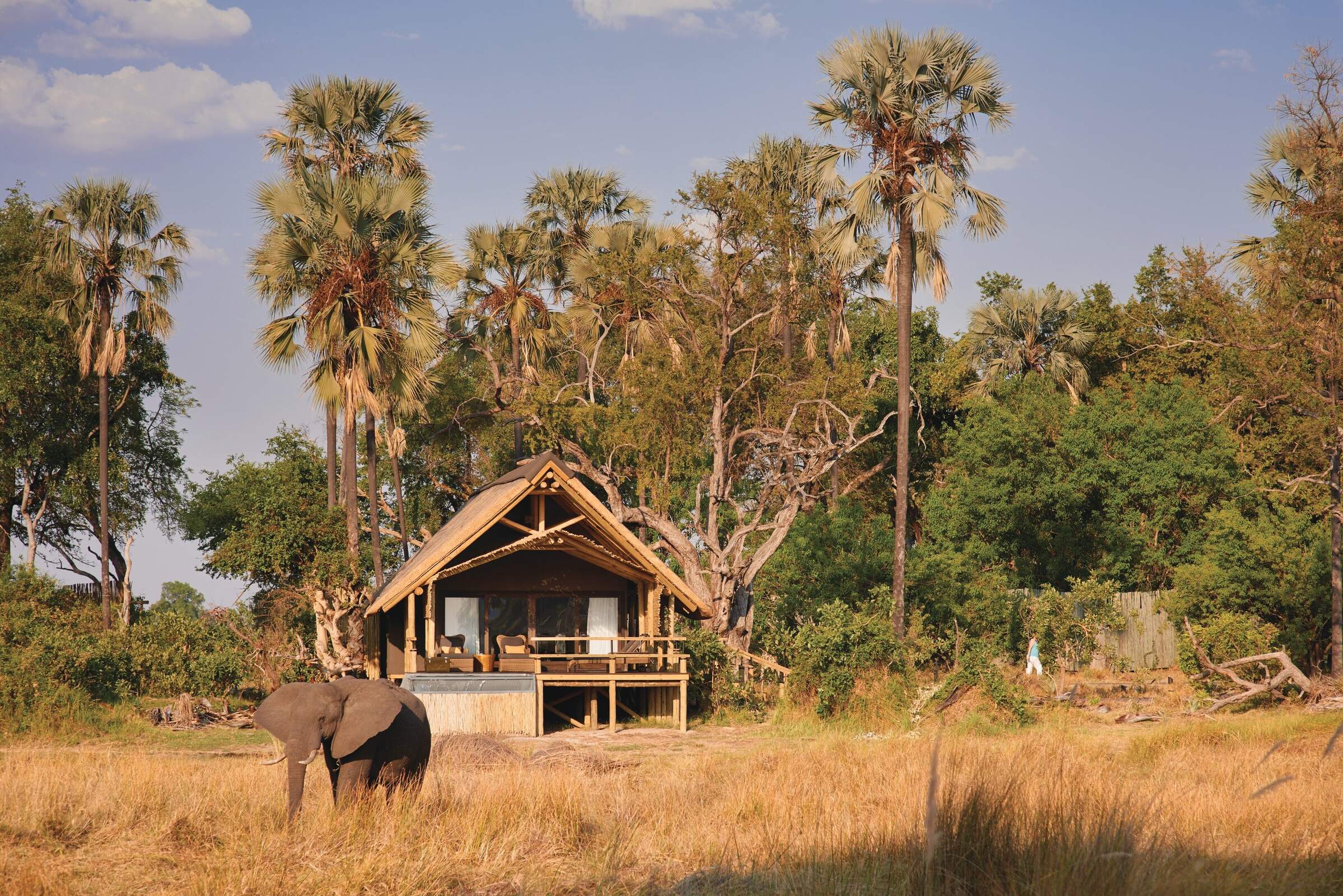
Eagle Island Lodge
Eagle Island Lodge is a luxurious camp with international-style facilities including air conditioning and intercom in each room; offering water based activities in the Okavango Delta.
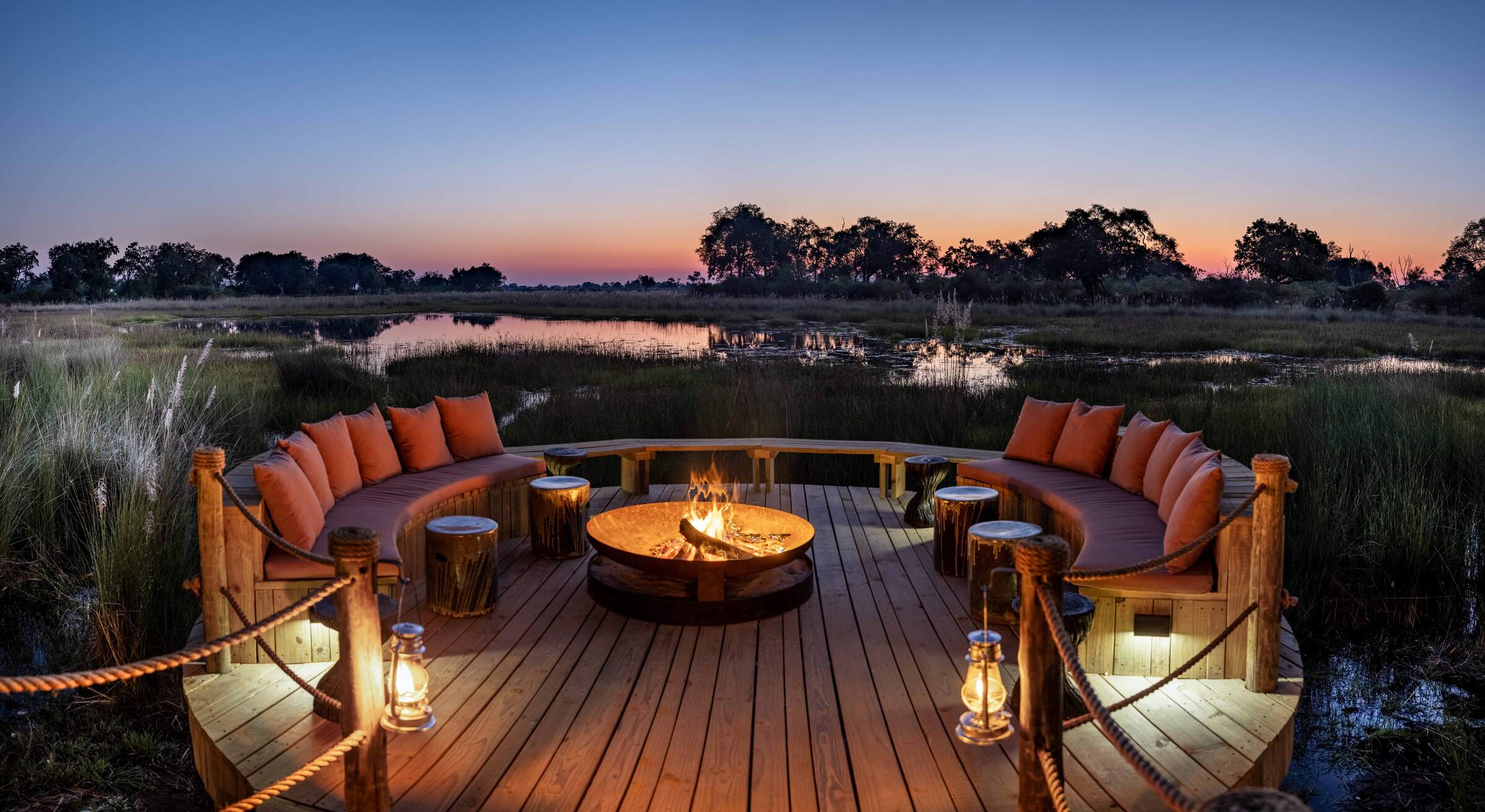
North Island Okavango
Deep in quintessentially “Okavango” territory, between deep-water and dry-land habitats, North Island focuses on a luxury safari experience with very good wildlife viewing opportunities.
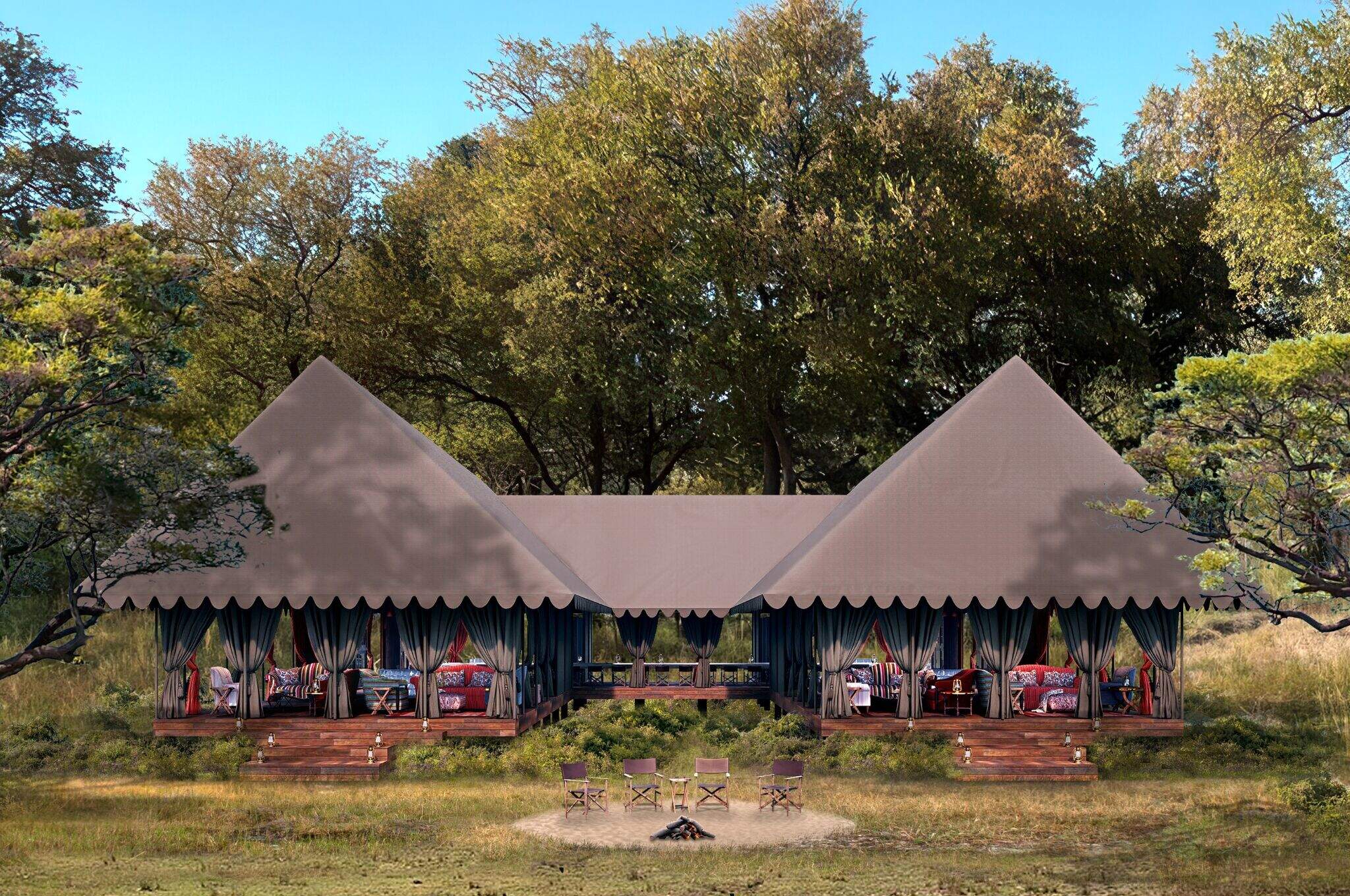
Mbamba
Deep within the northern Okavango, the classically styled Mbamba is set to open in a wildlife-rich private concession in April 2025.
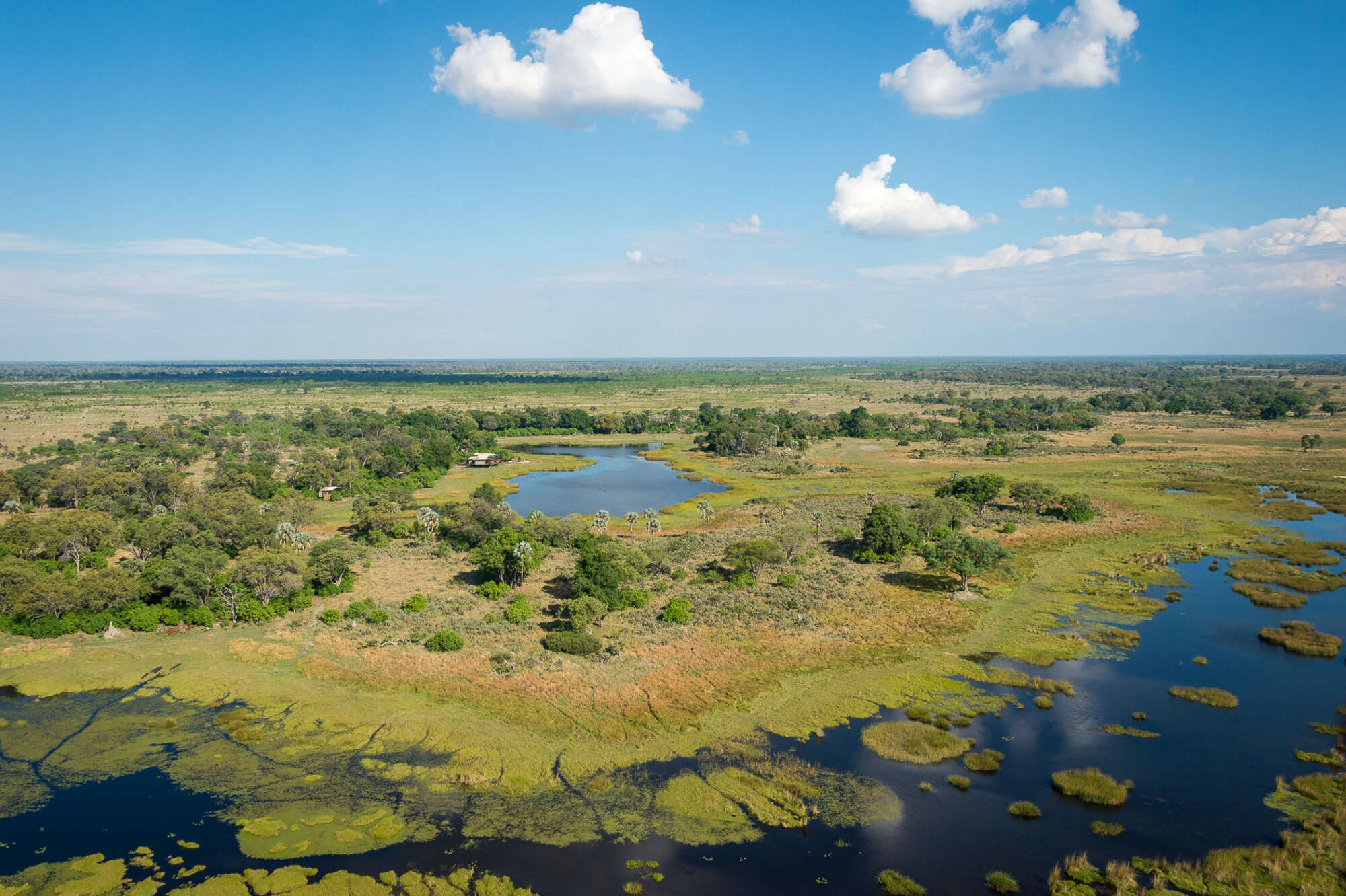
Qorokwe Camp
Luxurious and contemporary, the relatively new Qorokwe Camp is a gem in the Okavango Delta, offering land- and occasionally water-based activities in a prime wildlife area.
When to go to Okavango Delta Safari Reserves
Our month by month guide: What it's like to visit Mma Dinare in Okavango Delta Safari Reserves
Jan
Feb
Mar
Apr
May
Jun
Jul
Aug
Sep
Oct
Nov
Dec
Okavango Delta Safari Reserves in January
January marks the peak of the rainy season in the Okavango Delta. Evening rains are often short but heavy, accompanied by occasional dramatic thunderstorms. Temperatures remain high, although cooler than the preceding months of October to December. Wildlife can be harder to spot as animals spread out across the lush floodplains.
This month is a birdwatcher’s paradise, with migratory species in abundance over flooded areas. Rising water levels in parts of the Delta make mokoro safaris possible, offering serene and immersive experiences. The vibrant greenery and dramatic skies provide stunning opportunities for photography. With relatively low rates and fewer visitors, January is ideal for those seeking a quieter, budget-conscious Botswana safari.
- Warm temperatures with frequent evening showers
- Birdlife at its most spectacular in the Delta
- Wildlife dispersed, but insects and smaller creatures abound
- Excellent availability in Delta lodges and camps
Our view
A good time to visit, with pros & cons
Weather in January
Okavango Delta Safari Reserves in February
February mirrors January’s weather patterns, with heavy rains and slightly cooler temperatures. The Delta’s landscape is at its greenest and teeming with life. Smaller animals, insects, and vibrant birdlife dominate, as many species raise their young. The rains create temporary pools and waterholes, further dispersing larger game, while thick vegetation and tall grass adds to the challenge of spotting big wildlife.
However, Moremi Game Reserve and select areas of the Delta still offer excellent game viewing opportunities. Rising water levels enhance water activities, with boat safaris providing unique access to the Delta’s watery beauty. February is particularly rewarding for photographers seeking lush landscapes and dramatic skies and birdwatchers, with many migratory species present.
- Warm with occasional thunderstorms
- Many animals with young in the Delta
- Big game dispersed throughout wetlands
- Big game dispersed, but viewing improves in drier areas
- Lower visitor numbers and great lodge availability
Our view
This is not a great time to visit
Weather in February
Okavango Delta Safari Reserves in March
March marks the gradual end of the main rainy season in the Okavango Delta. Sunny days become more frequent, with occasional afternoon thunderstorms. The Delta remains lush and vibrant, with wildlife activity increasing as animals finish raising their young and begin congregating around permanent water sources.
Rising water levels make boat safaris a highlight, offering intimate access to the Delta’s waterways. Birdwatching is excellent, with both resident and migratory species thriving. With fewer visitors, March offers a quieter, more personal safari experience.
- Rains taper off but temperatures remain warm
- Occasional small thunderstorms in Delta
- Wildlife begins congregating around water sources
- Ideal conditions for boat safaris
- Few tourists and attractive rates at camps
Our view
A good time to visit, with pros & cons
Weather in March
Okavango Delta Safari Reserves in April
April brings clearer skies to the Okavango Delta, with the landscape remaining green and lush. Night temperatures begin to drop, especially in the southern Delta. The annual floods from Angola start to flow through the northern Delta, filling channels and lagoons, creating ideal conditions for water-based activities like boat safaris.
Wildlife viewing improves as vegetation thins and predator activity increases with cooler evenings. Moremi Game Reserve and the private concessions offer rewarding game drives, and walking safaris on the larger islands, such as Chief’s Island, become popular during this time. Birdwatching remains excellent, with many migratory species still present. April’s combination of pleasant weather, wildlife activity, and relatively low rates makes it a rewarding time to visit.
- Cooler evenings and occasional light showers
- Floodwaters begin to fill Delta channels
- Predator-prey interactions increase
- Ideal for walking safaris and boat trips
- Popular shoulder season, rates fairly low
Our view
A good time to visit, with pros & cons
Weather in April
Okavango Delta Safari Reserves in May
May is a popular time to visit the Okavango Delta, marking the last month of the shoulder season. The annual floods continue to spread through the Delta, transforming the landscape. Cooler mornings and evenings encourage predator activity, while thinning vegetation makes wildlife spotting easier, though some tall grasses may still obstruct views.
May offers excellent photographic opportunities with clear, crisp air. It's a favourite time for many visitors, combining good wildlife sightings with pleasant weather. Camp bookings throughout the Delta fill up quickly during this period.
This is a perfect month for scenic flights, offering breathtaking views of the advancing floodwaters. Mokoro trips through the Delta’s tranquil waterways provide a unique perspective on the environment. Camps start to fill quickly as the Delta’s combination of pleasant weather and excellent wildlife sightings makes it a favourite among safari-goers.
- Cool mornings and evenings with little rain
- Improved game viewing as Delta grasses thin
- Predator activity increasing in drier areas
- Scenic flights and water activities highly recommended
- Last month of shoulder season for camps
Our view
A very good time to visit
Weather in May
Okavango Delta Safari Reserves in June
June signals the start of the dry season in the Okavango Delta. Days are warm, with clear skies, while mornings and evenings can be cold, occasionally reaching freezing temperatures. The annual floods reach their peak, creating spectacular conditions for water-based activities like boat safaris along the Khwai River and in private concessions.
Wildlife concentrates around permanent water sources as surface water dries up, improving game viewing. The thinning vegetation and crisp, clear air make June perfect for photography. High demand for camp bookings reflects its popularity, as this month combines great game viewing and pleasant weather.
- Warm days, cold mornings and nights
- Peak floodwaters make boat safaris unforgettable
- Wildlife congregates around permanent water sources
- Excellent conditions for photography
- High demand for camps and lodges
Our view
Fantastic: the very best time to visit
Weather in June
Okavango Delta Safari Reserves in July
July offers cool mornings and evenings with warm, sunny days, making it ideal for wildlife viewing. The floodwaters remain at their peak, providing excellent opportunities for boat safaris. Vegetation continues to thin, enhancing visibility on game drives in Moremi Game Reserve and the Okavango’s private reserves.
Large herds of elephants and buffalo are common sights as they gather near water sources. Predator sightings, including lions and leopards, increase as prey concentrates. Birdwatching is rewarding, and the crisp winter air creates stunning photographic conditions. July is one of the most popular months to visit, with many lodges fully booked well in advance.
- Comfortable days, cold mornings and nights
- Excellent game viewing and predator activity
- Moremi and Khwai areas become busy
- Private concessions offer exclusivity
- High season rates; advance bookings essential
Our view
Fantastic: the very best time to visit
Weather in July
Okavango Delta Safari Reserves in August
August remains a highly sought-after month for visiting the Okavango Delta. Nights are cool, while daytime temperatures rise gradually. Wildlife viewing is exceptional as animals concentrate near water sources, while the Delta’s floods are typically at their peak, offering picturesque settings for excellent boat safaris.
Walking safaris and game drives in areas like Moremi Game Reserve and Chief’s Island are particularly rewarding. Large herds of elephants and buffalo are common sights, and predator activity is high, with increased chances of seeing lions, leopards, and wild dogs hunting. The clear skies and lack of humidity create excellent stargazing conditions. With many travellers visiting during European and North American holidays, lodge availability can be challenging.
- Dry, warm days and cool nights in the Delta
- Fantastic wildlife viewing near water sources
- Excellent opportunities for game drives and boat safaris
- Cloudless skies, spectacular stargazing
- High demand for accommodation – book early
Our view
Fantastic: the very best time to visit
Weather in August
Okavango Delta Safari Reserves in September
September is a favourite for many safari-goers in the Okavango Delta. Daytime temperatures rise, but nights remain cool. The landscape transforms as greenery fades, and hazy conditions create dramatic sunsets. Wildlife viewing peaks as animals cluster around permanent water sources, with especially large numbers of elephants and buffalo. This concentration of prey attracts predators, increasing chances of witnessing exciting hunts.
The return of migratory birds enhances birdwatching. Water levels begin to recede, but boat cruises are still possible. Dusty conditions may challenge photographers, but the stunning landscapes and wildlife action more than make up for it.
- Warm days, cool nights in the Delta
- Prime month for Okavango wildlife viewing
- Migratory birds return, enriching birdwatching
- Spectacular sunsets and dramatic scenery
- High season rates, many Delta camps full
Our view
Fantastic: the very best time to visit
Weather in September
Okavango Delta Safari Reserves in October
October is the hottest and driest month in the Okavango Delta. Wildlife concentrates around the last remaining water sources, creating some of the most dramatic game viewing opportunities of the year. Predator-prey interactions are frequent and visibility is excellent, making for thrilling safaris.
Walking safaris are particularly rewarding, especially on smaller islands, but early starts are essential to avoid the midday heat. Towards the end of the month, the first rains may bring relief and begin rejuvenating the parched landscape. Despite the heat, October offers excellent big-game viewing and dramatic photographic moments of animal interactions.
- Hot days, with late-month chances of rain
- Outstanding big-game viewing near water sources
- Water activities limited as floods recede
- Walking safaris provide unique experiences
- Final month of the peak safari season
Our view
Fantastic: the very best time to visit
Weather in October
Okavango Delta Safari Reserves in November
November marks the start of the green season in the Delta. Rising humidity and temperatures often lead to the first heavy rains; these are typically short, heavy showers in the late afternoon or night, creating spectacular scenes and bringing a flush of green to the parched landscape. Wildlife begins to disperse as waterholes refill, but game drives still offer rewarding sightings.
Water levels may be low, limiting boat activities, but November is exceptional for birdwatching, with the arrival of many migratory species. Scenic flights highlight the contrast between dry and wet areas. The first two weeks are popular for travellers seeking good game viewing at lower rates as the Delta transitions into its shoulder season.
- Hot, humid days in the Delta
- Dramatic rain showers , increasing as month progresses
- Migratory birds arrive in abundance
- Wildlife watching good, but less predictable
- Shoulder season offers mid-range rates
Our view
A good time to visit, with pros & cons
Weather in November
Okavango Delta Safari Reserves in December
December sees the rainy season in full swing across the Okavango Delta, bringing some respite from high temperatures. Game viewing becomes more challenging as wildlife disperses, but great sightings can still be had. The landscape transforms dramatically, with lush vegetation sprouting across the Delta. This period is excellent for birdwatching, with numerous migratory species present.
Water levels begin to rise, gradually improving conditions for boat safaris. The green season offers unique photographic opportunities, with dramatic skies and newborn animals. December is ideal for visitors seeking a more intimate Delta experience, with fewer tourists and lower rates at many camps and lodges. The combination of wildlife, birdlife, and scenic beauty makes it a rewarding time to visit.
- Warm temperatures
- High chance of rain in short, heavy storms
- Wildlife more dispersed across Delta
- Game viewing more challenging in wetlands
- Low-season rates and fewer visitors in most Delta camps
Our view
A good time to visit, with pros & cons
Weather in December

Looking for inspiration on where to travel next?
Visit our trip chooser to explore your options and find inspiration for your perfect African adventure
Inspire me